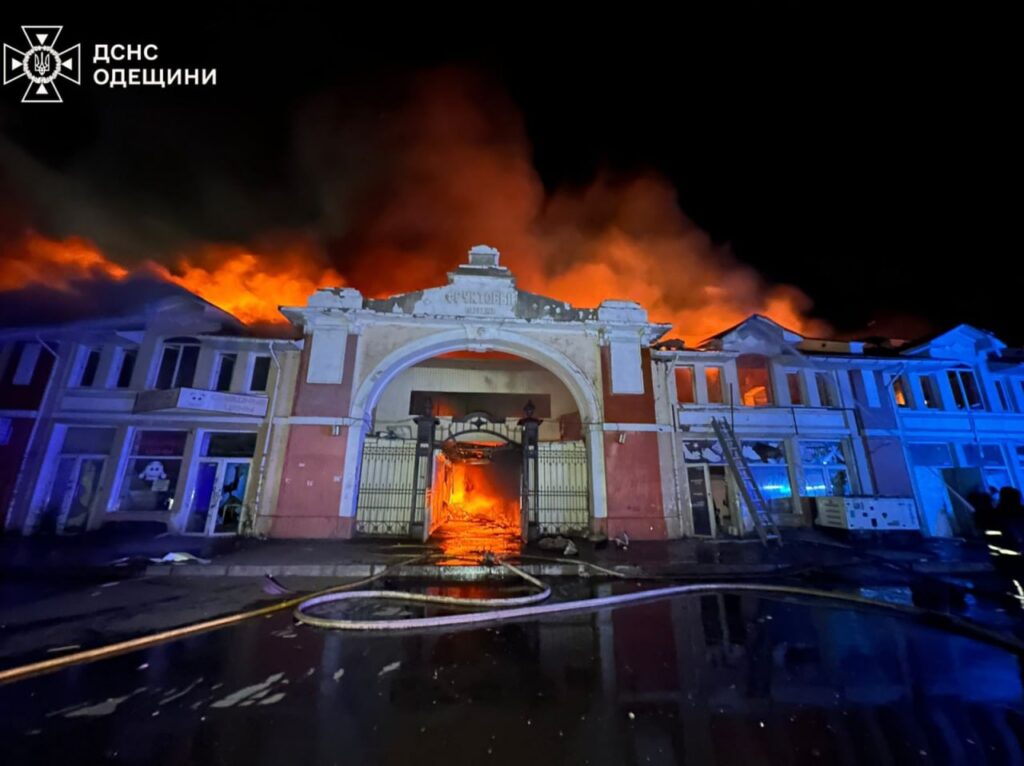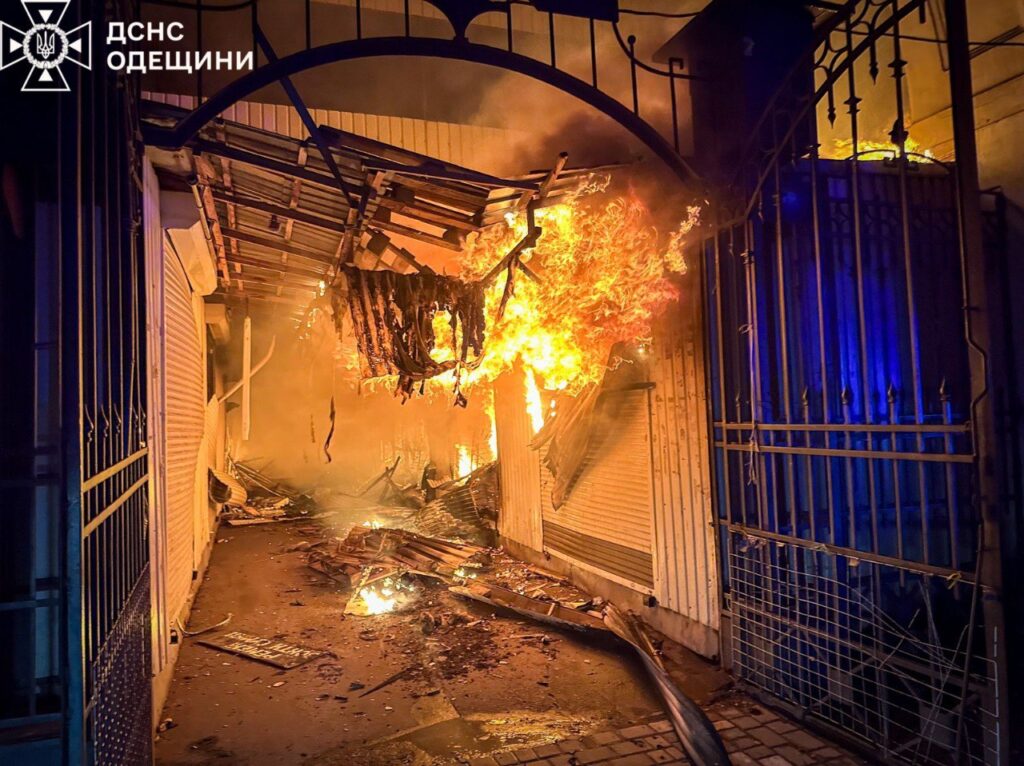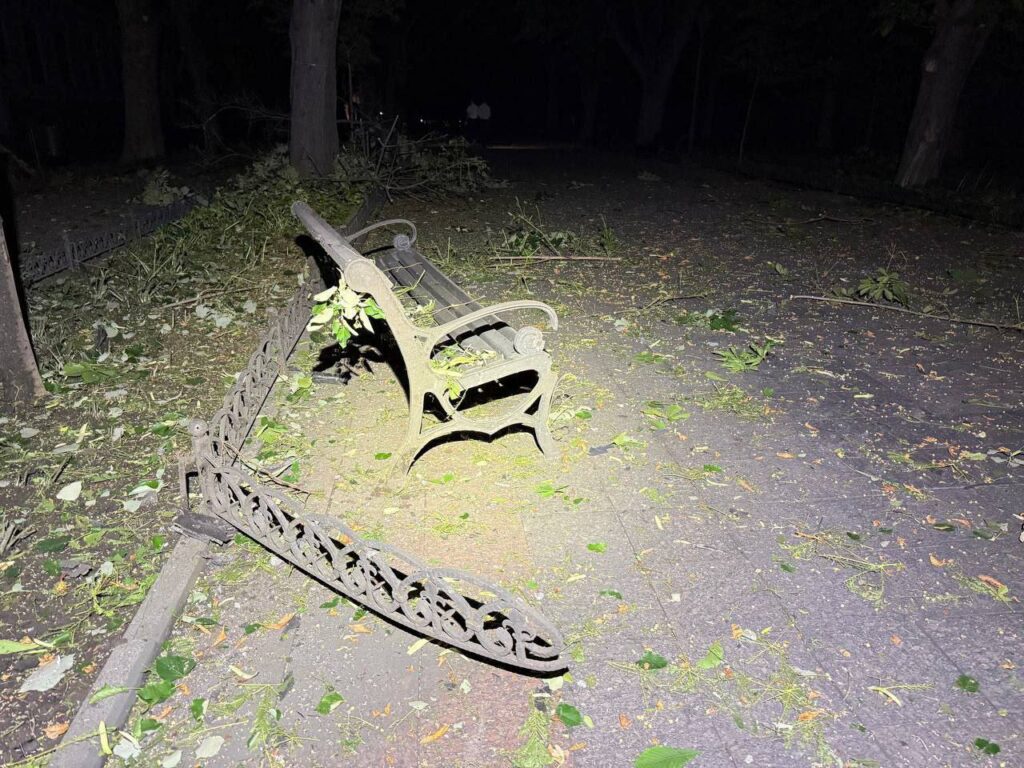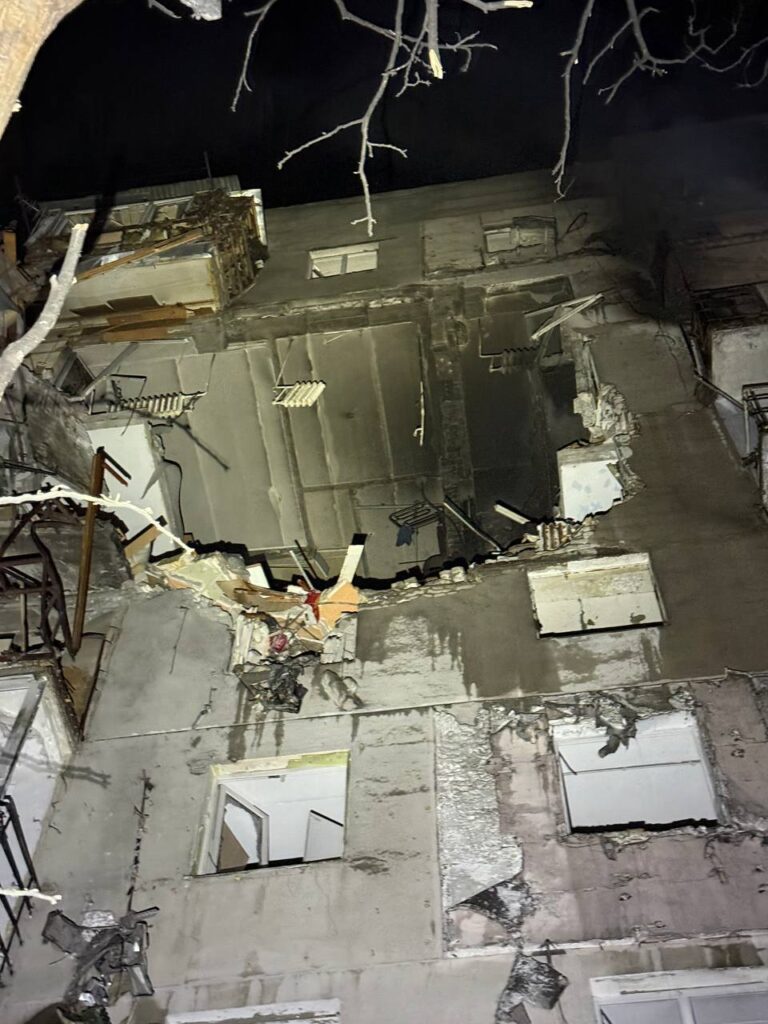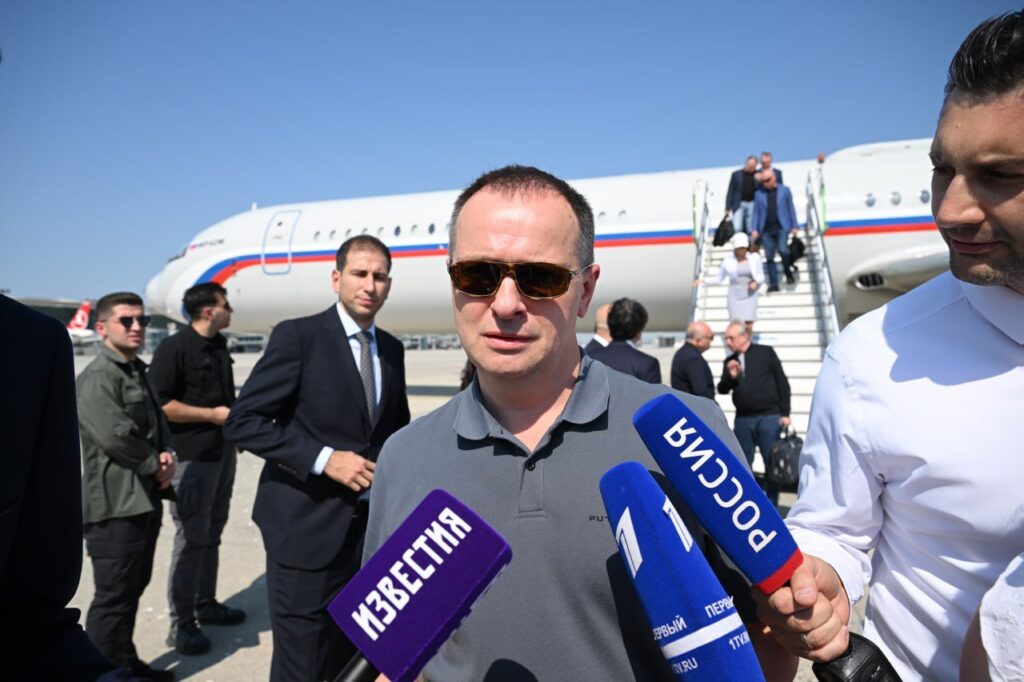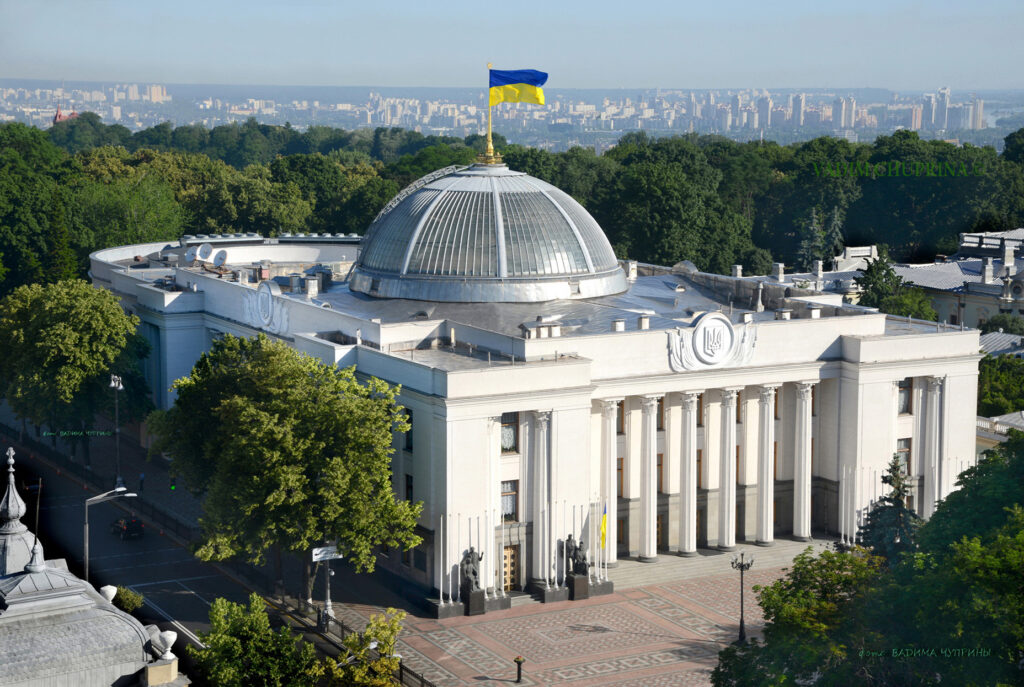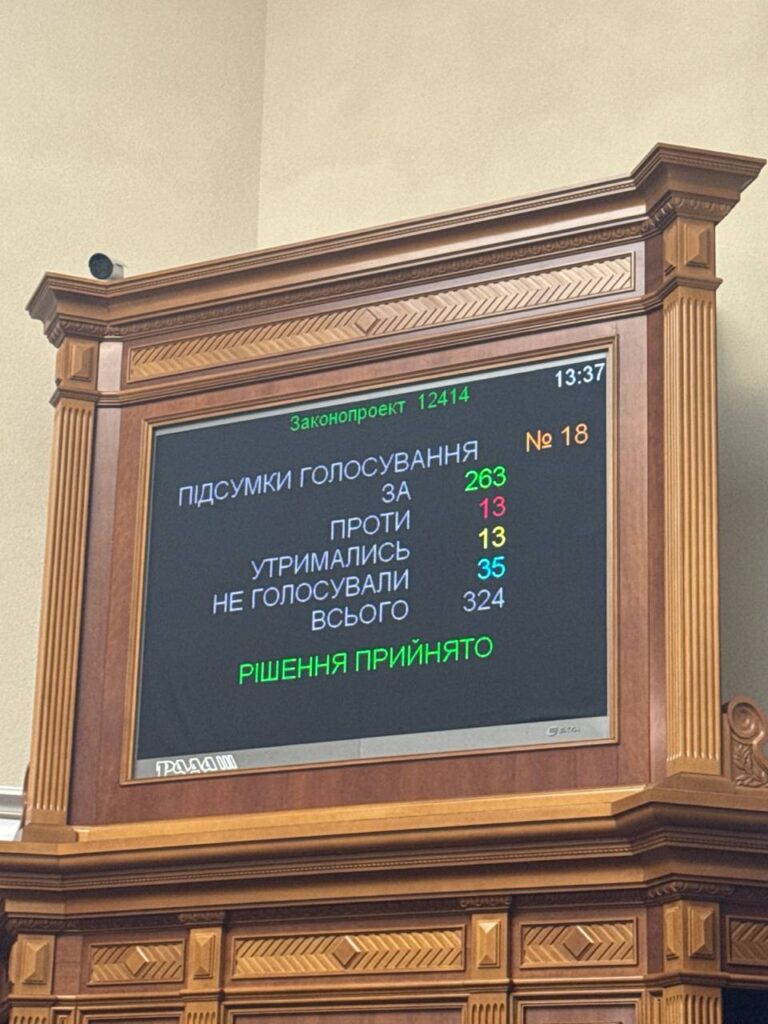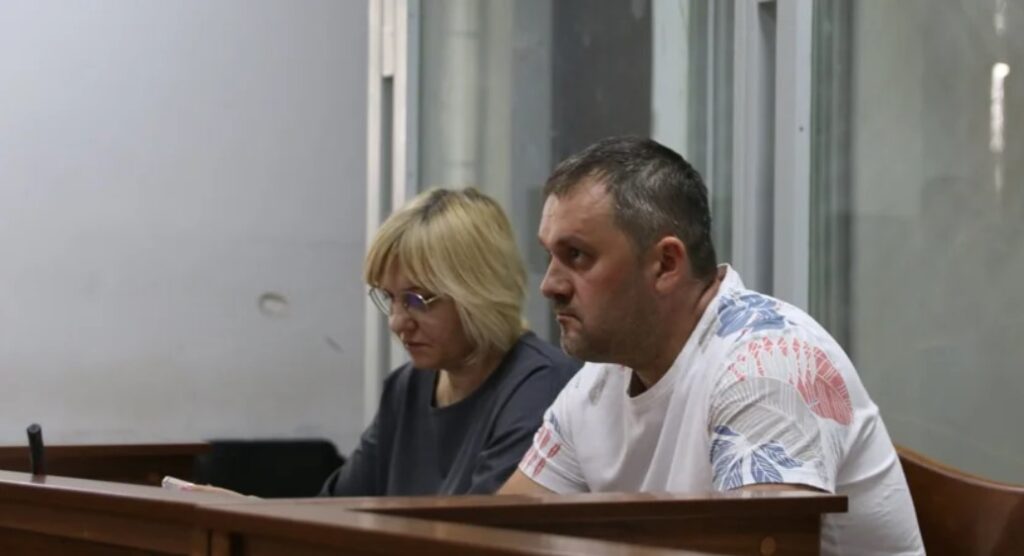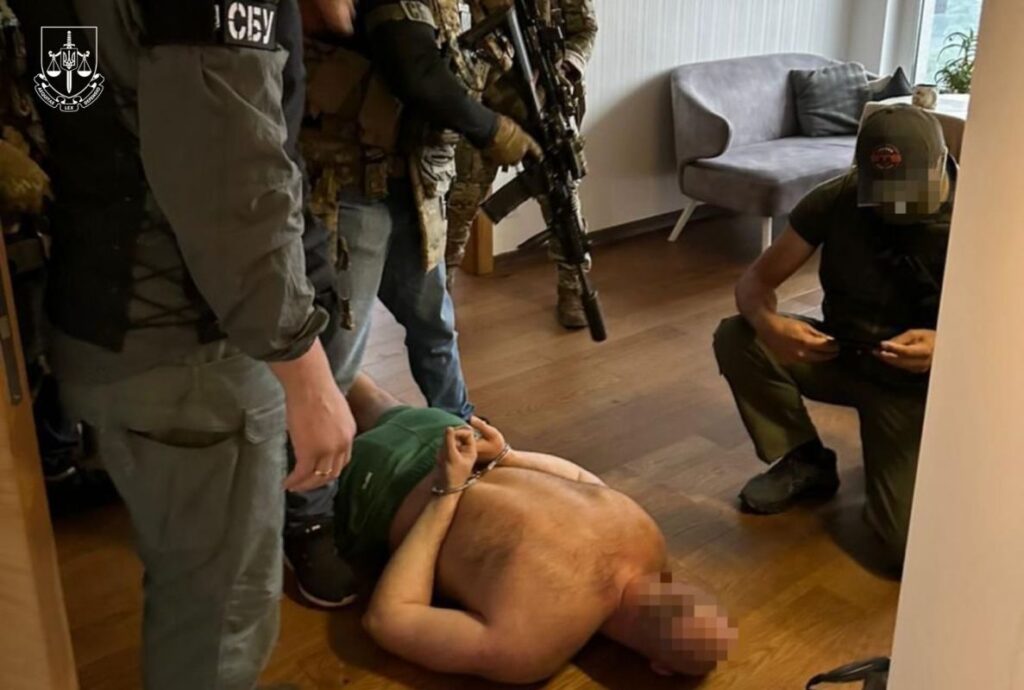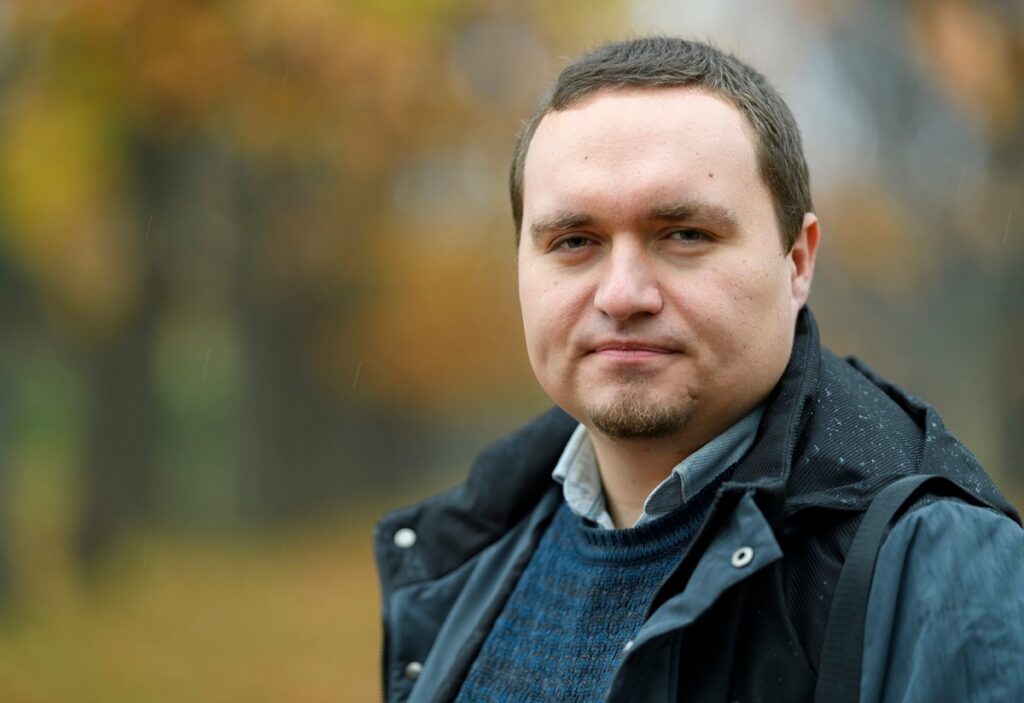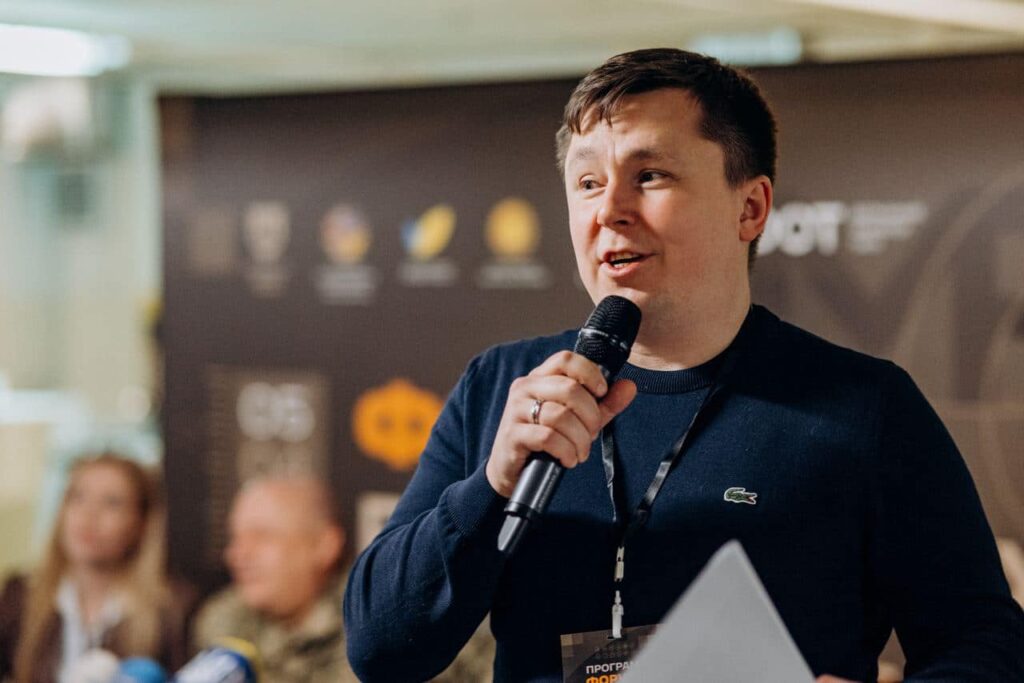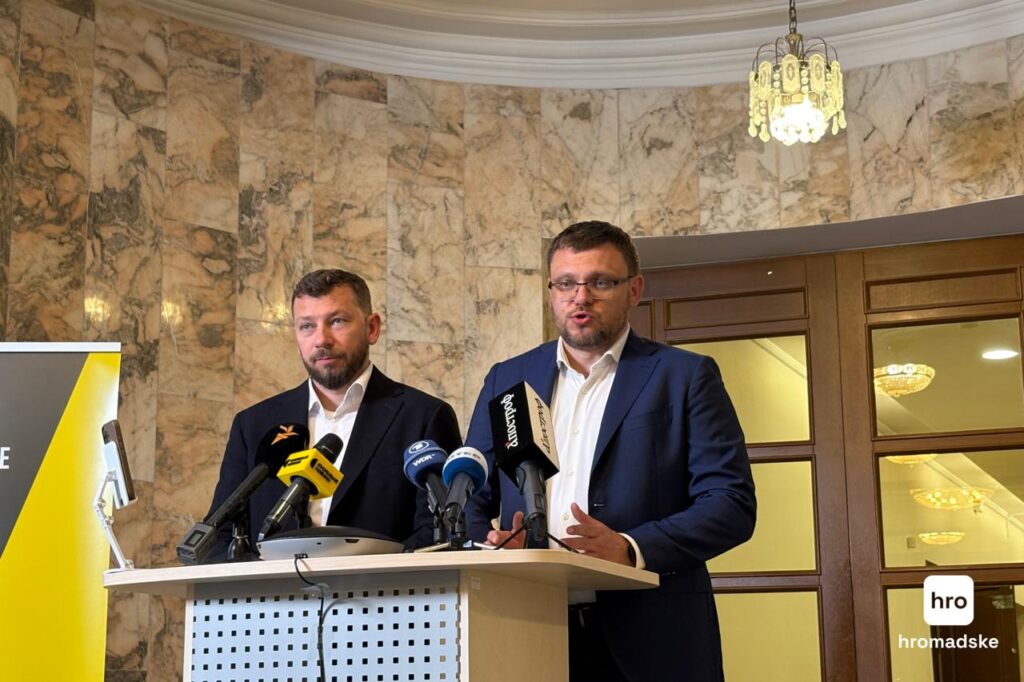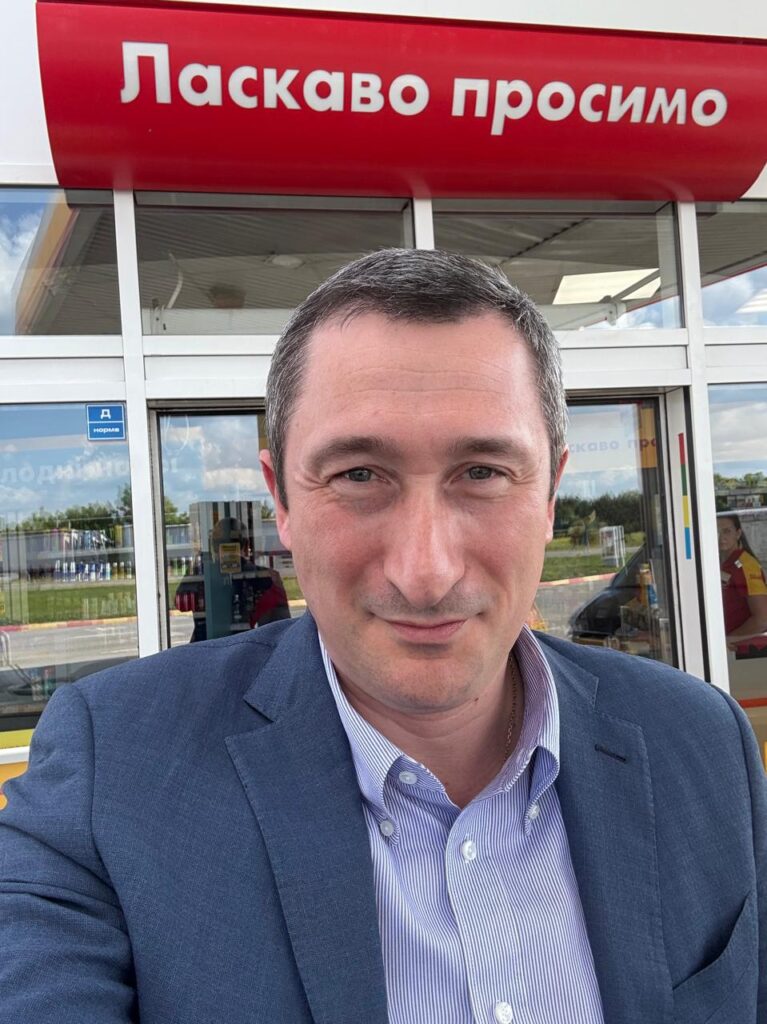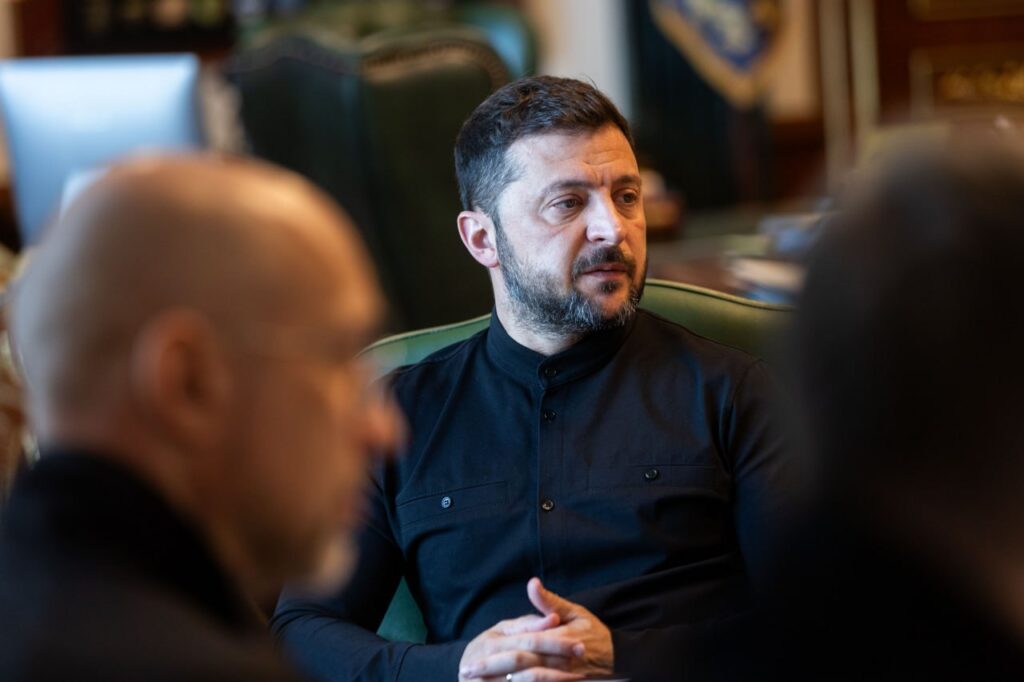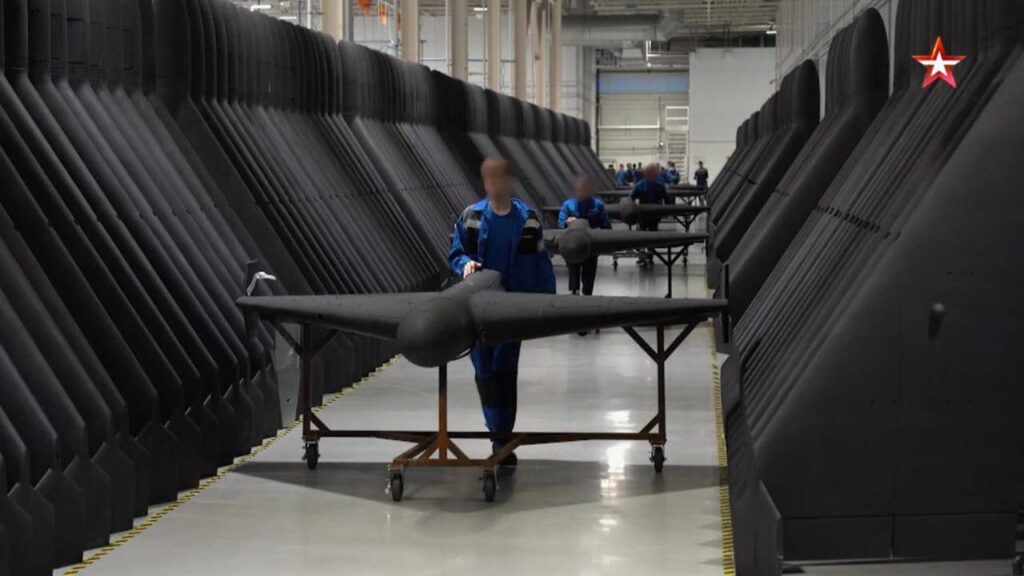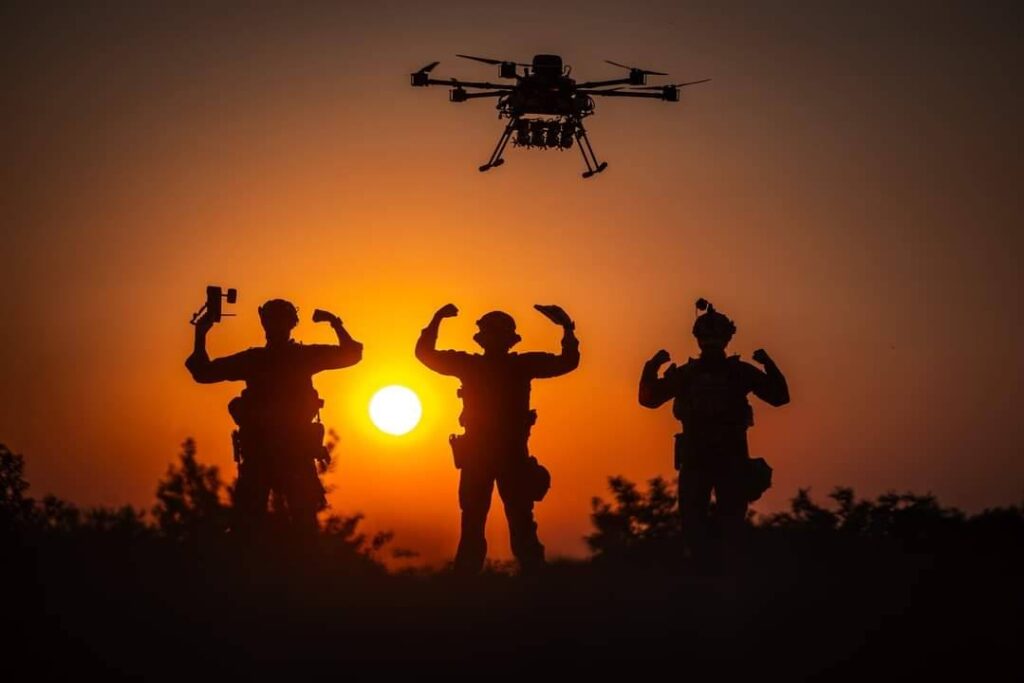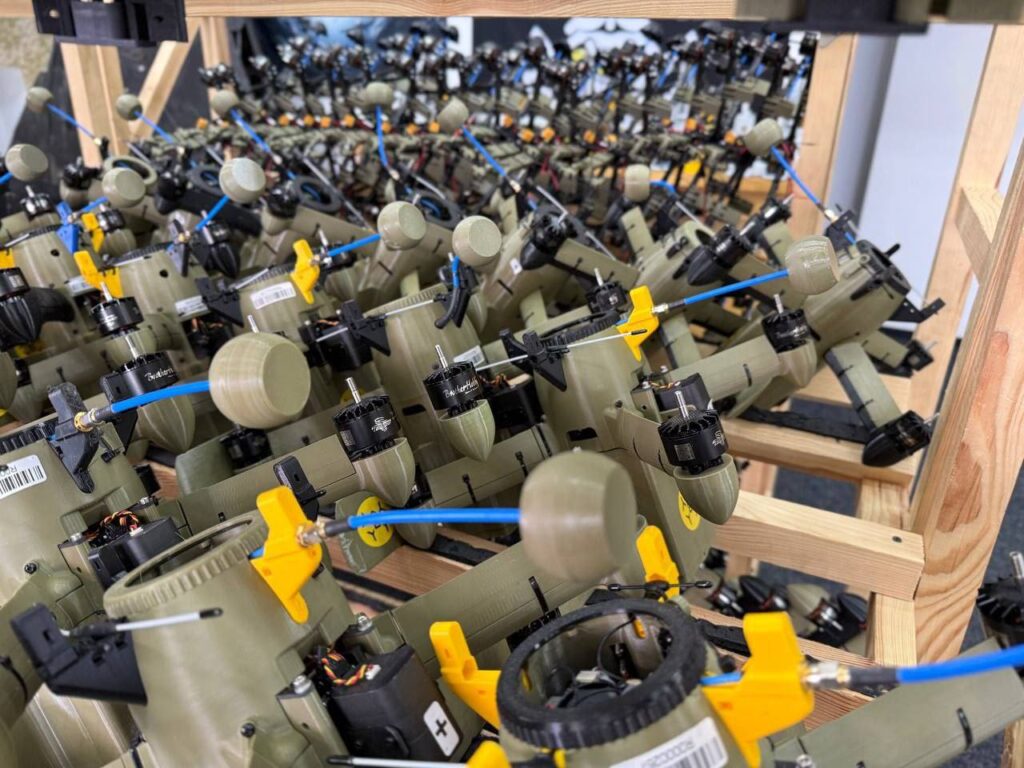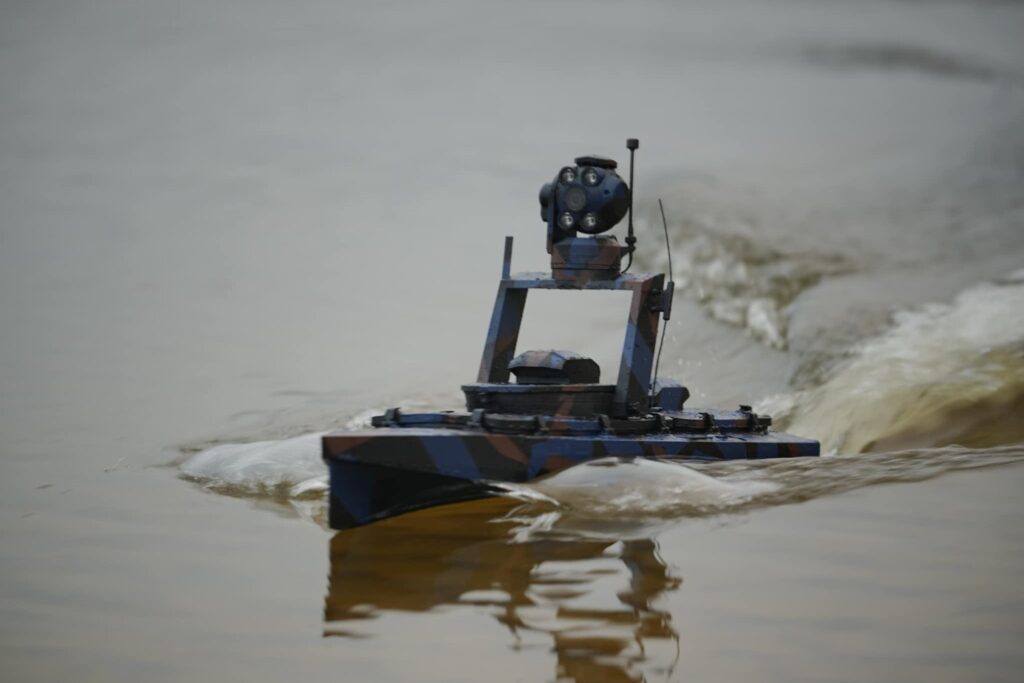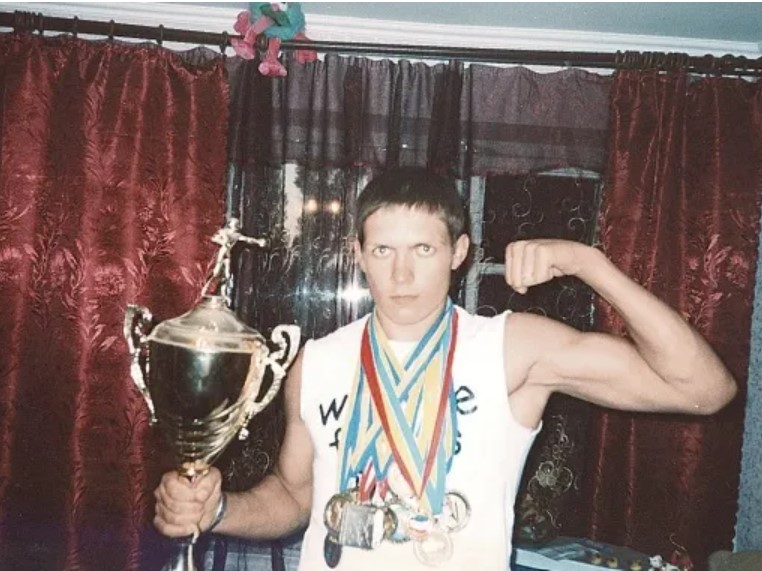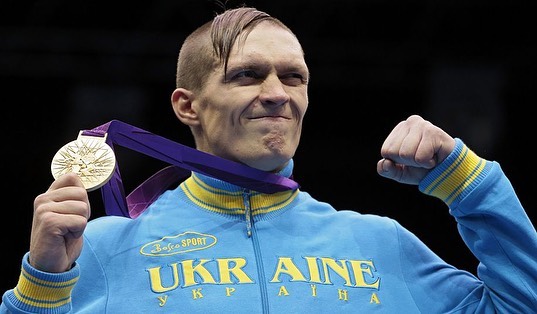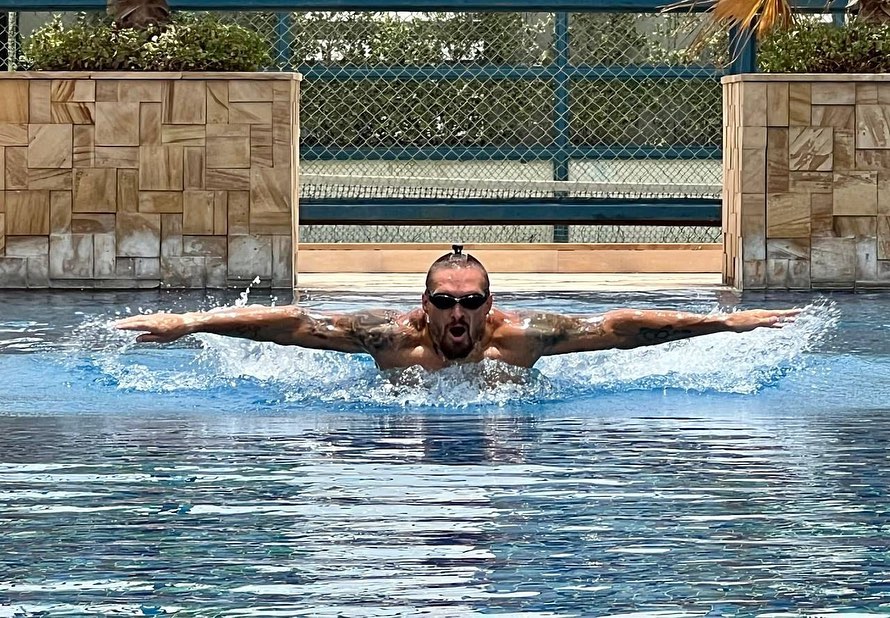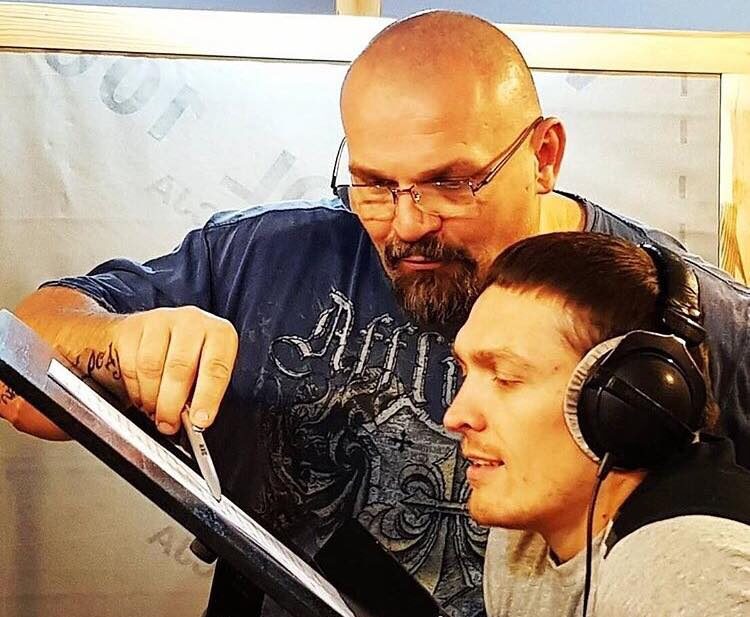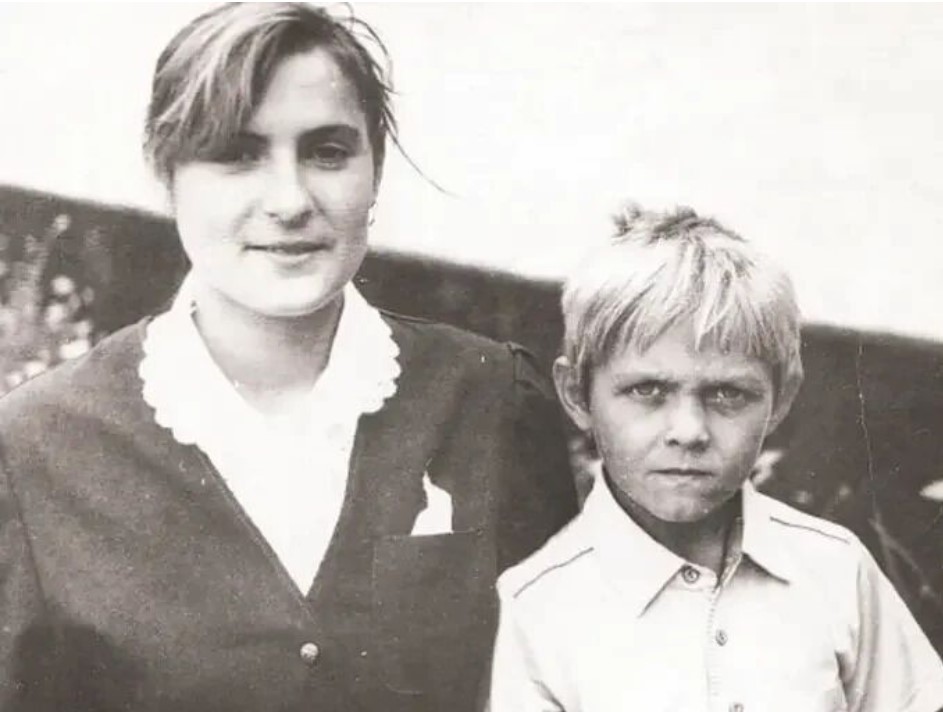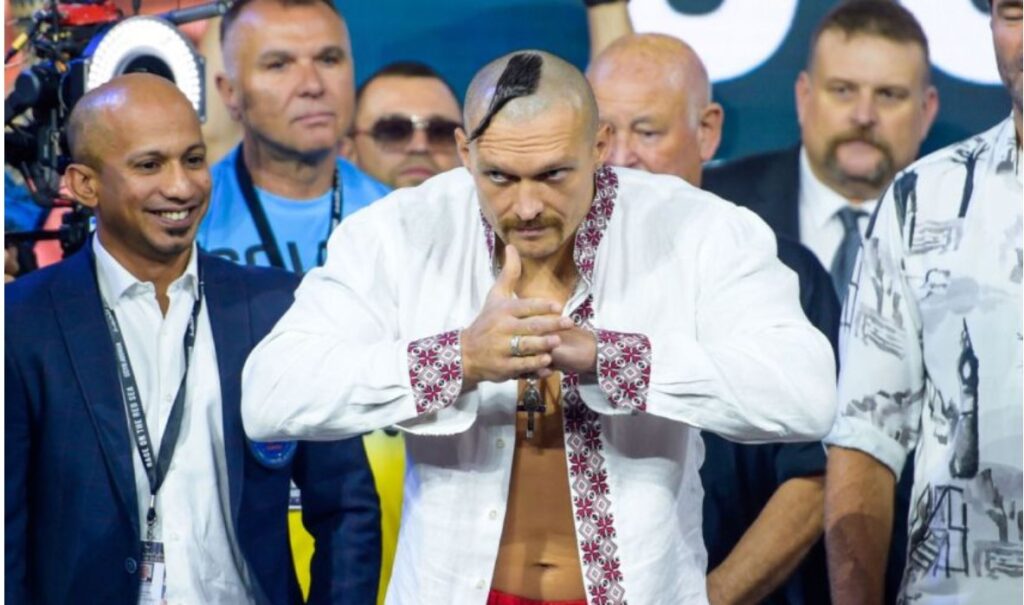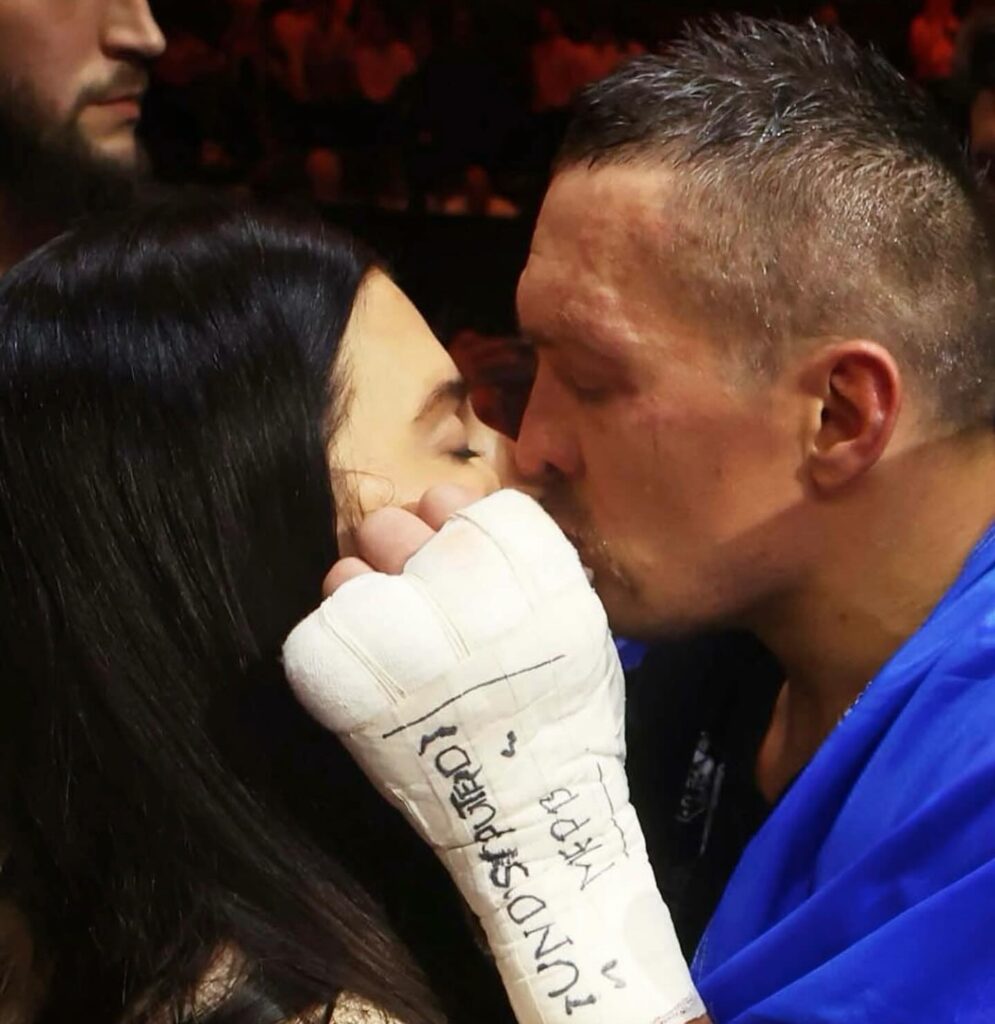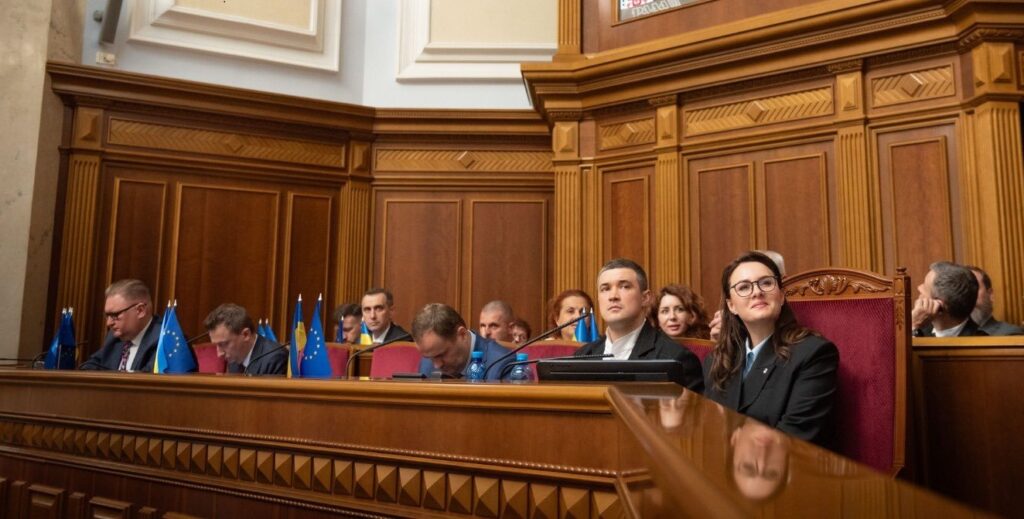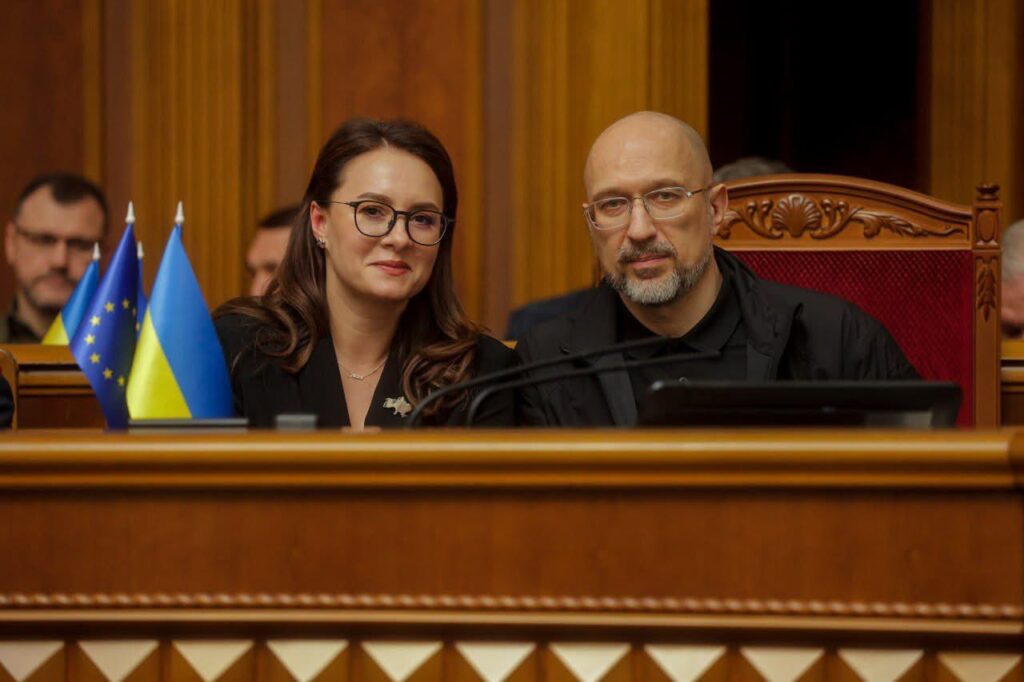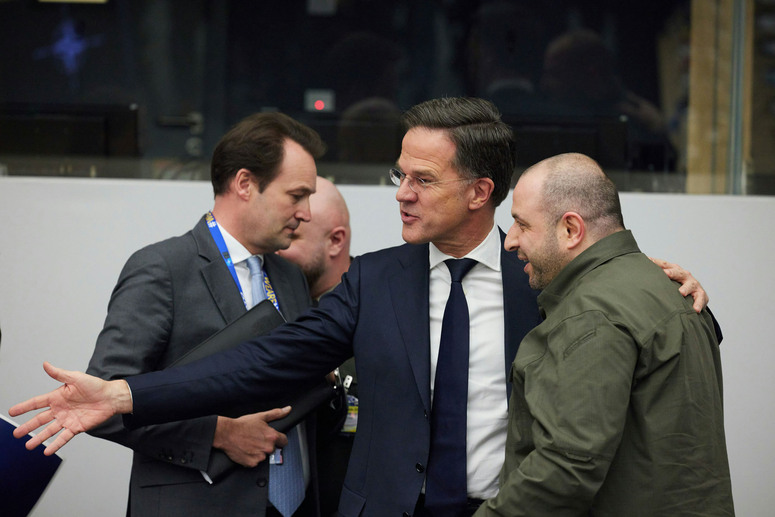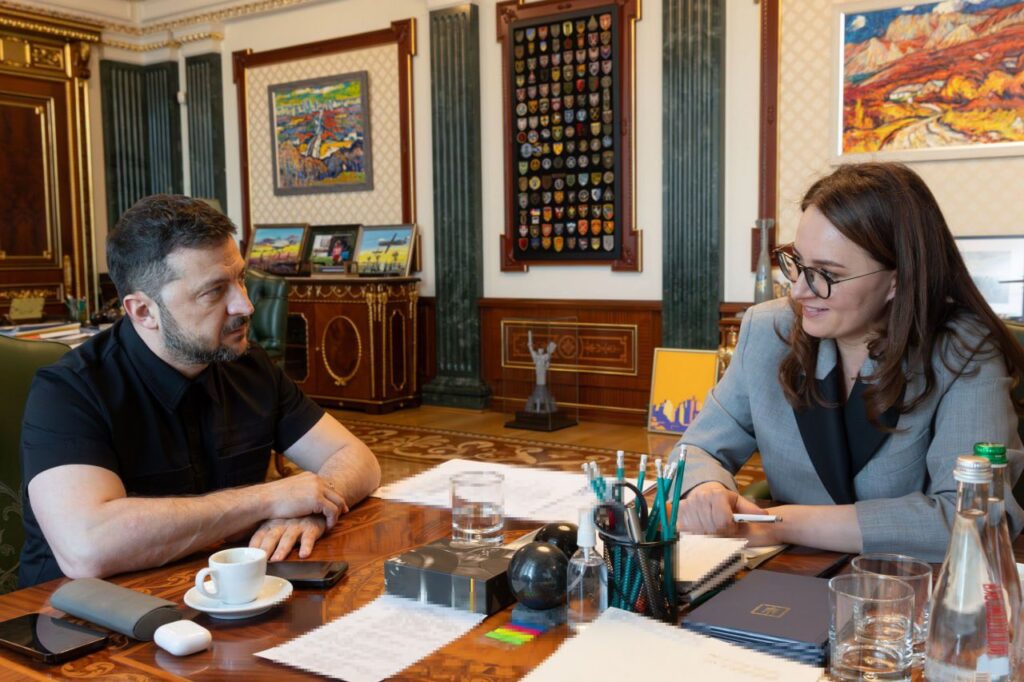Russia punches narrow hole in Ukraine’s Pokrovsk front — can Kyiv close it before it widens?
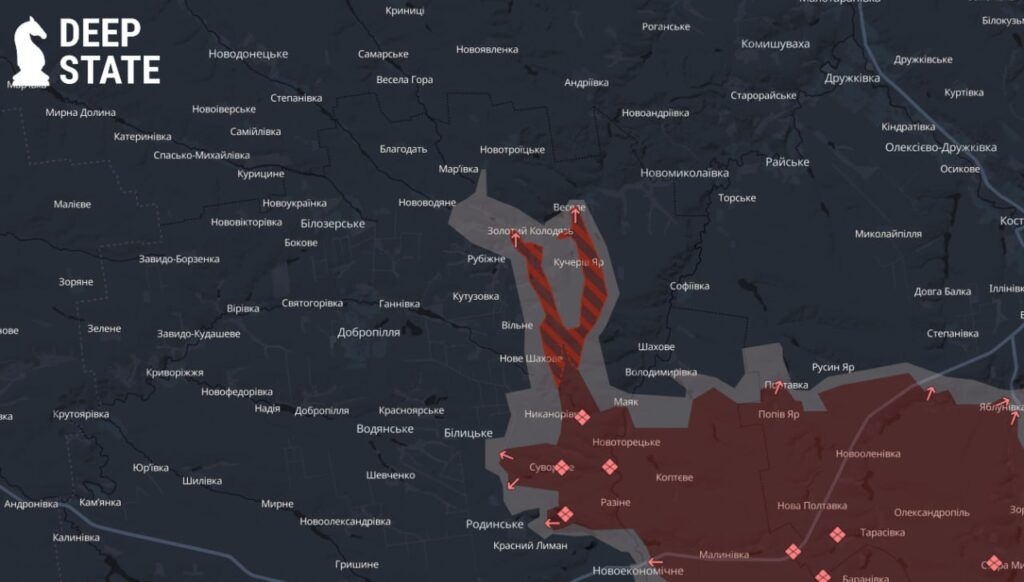
Russian troops have advanced roughly 10 kilometers north of Pokrovsk in Donetsk Oblast, seizing key villages and cutting the Dobropillia–Kramatorsk highway near Novovodiane, according to the Ukrainian monitoring project DeepState. The breakthrough threatens a major supply artery and risks a deeper advance that could split Ukraine’s defensive front in Donetsk.
DeepState reports the attack relied on sustained infantry pressure with superior numbers, allowing Russian units to capture Kucheriiv Yar and Zolotyi Kolodiaz. Both are now being used as staging grounds for further operations. From Kucheriiv Yar, Russian forces also infiltrated Vesele via treelines, with Ukrainian observers counting around two dozen enemy soldiers there in the past 24 hours.
One frontline defender, quoted by DeepState, summed up the risk bluntly:
“The worst part is that if they take these positions, we’ll never get them out.”
Moscow’s demands before peace talks
The advance comes just days before a planned Trump–Putin summit in Alaska on 15 August, where, according to Ukrainian and Western sources, Russia is expected to demand full control of Donetsk Oblast, including areas still under Ukrainian control.
Pokrovsk, the southernmost city in Ukraine’s heavily fortified “fortress belt”—which also includes Sloviansk, Kramatorsk, Druzhkivka, and Kostiantynivka—has been under relentless Russian pressure for over a year. Its fall would threaten to unhinge the entire defensive line from the south.
While military analysts note that taking Sloviansk or Kramatorsk could require years of sustained fighting, bypassing or capturing Pokrovsk could allow Russia to envelop the belt from the west and render its strongest fortifications less relevant.
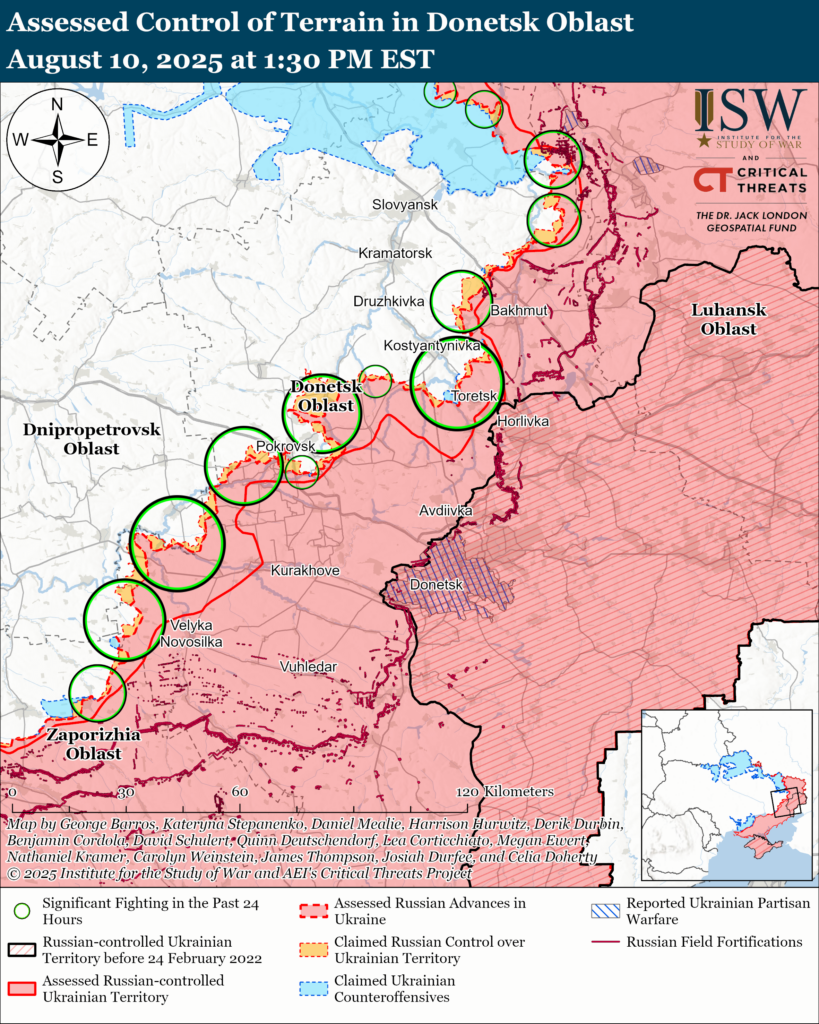
“This has been building for a long time”
Defense analyst Bohdan Myroshnykov rejects the notion that the offensive is merely timed for political leverage before the summit.
“I don’t believe the enemy threw everything into battle ahead of the Trump talks. This has been building for a long time,” he says.
He points out that Russian forces are approaching their peak operational capacity and have redeployed units from Sumy Oblast to reinforce the Pokrovsk–Dobropillia axis. This groundwork was laid months ago with the capture of Koptyeve and advances near Novoeconomichne—small settlements that drew little public attention but were crucial staging points for today’s breakthrough.
On Ukraine’s side, Myroshnykov cites disruption during the transfer of operational control from an operational-tactical group to corps-level command, creating “chaos in management.” Reinforcements have arrived, he says, but their full effect is still pending.
Matveev: A push to cut the front
Defense analyst Yan Matveev says the Russian advance began from Novotoretske, covering up to 10 kilometers in a single day to reach Kucheriiv Yar and Zolotyi Kolodiaz.
“The goal is to seize Dobropillia and possibly Bilozerske, cut Pokrovsk’s supply routes, and split the Donetsk front in its center,” he warns.
Matveev stresses that the situation in the center of the Donetsk front is becoming increasingly tense and difficult for the Ukrainian Armed Forces.
“They still have a chance for counterattacks — the breakthrough is too narrow. But do they have the forces?”
Such a move could force Ukrainian forces in Pokrovsk to retreat to avoid encirclement, destabilizing defensive lines further north.

Mashovets: The 51st army at the fore
Military analyst Kostiantyn Mashovets identifies the 51st Combined Arms Army of Russia’s Central Grouping of Forces as the main strike formation here. It has been reinforced by the 39th Motor Rifle Brigade from the 68th Army Corps and elements of the 2nd and 8th Combined Arms Armies.
While the main push is toward Rodynske and Krasnyi Lyman, Russian commanders are also using small infiltration groups along the Novotoretske–Kucheriiv Yar line—a tactic they have refined through months of urban fighting.
Rodynske and Krasnyi Lyman remain in Ukrainian hands, but Russian forward units have already reached Novoe Shakhove and Biletske east of Dobropillia.
“If they continue north, they could undermine the defense not only of Dobropillia and Pokrovsk, but Druzhkivka and Kostiantynivka as well,” Mashovets warns. “The corridor they’re using is still thin, but cutting it now would be ideal—if we have the forces.”
Multiple threat axes on Pokrovsk
Even as Russia drives toward Dobropillia, it is tightening pressure directly on Pokrovsk from several directions. From the northeast, Russian forces have taken Suvorove and are assaulting Rodynske. From the southwest, small assault teams are fixing Ukrainian defenders in place and probing city outskirts.
DeepState describes one infiltration attempt in detail: three Russian groups, each 50 soldiers strong, advanced over 10 days from Pishchane toward Zakhysnykiv Ukrainy Street in Pokrovsk. Supplied by drones with food, water, and communications equipment, they moved along pre-planned routes. Ukrainian drone strikes killed 120 of the 150 attackers before they reached their objectives. The survivors briefly occupied several buildings before being eliminated; a few remain unaccounted for.
Fortifications bypassed
Around Zolotyi Kolodiaz and Shakhove, Ukrainian engineers have built heavy fortifications—anti-tank ditches, earthworks, and reinforced positions (VOPs, ROPs). Instead of attacking them head-on, Russian forces have bypassed these defenses, leaving them intact and potentially usable if captured.
This is why the soldier quoted by DeepState warned that retaking such positions would be nearly impossible once occupied.
Drones in command of the battlefield
The opening phase of the offensive relied heavily on drones to establish fire control over Ukrainian supply lines. Now, with the Dobropillia–Kramatorsk highway under Russian control, drones are expected to play an even bigger role in disrupting resupply efforts and troop movements into the threatened area.
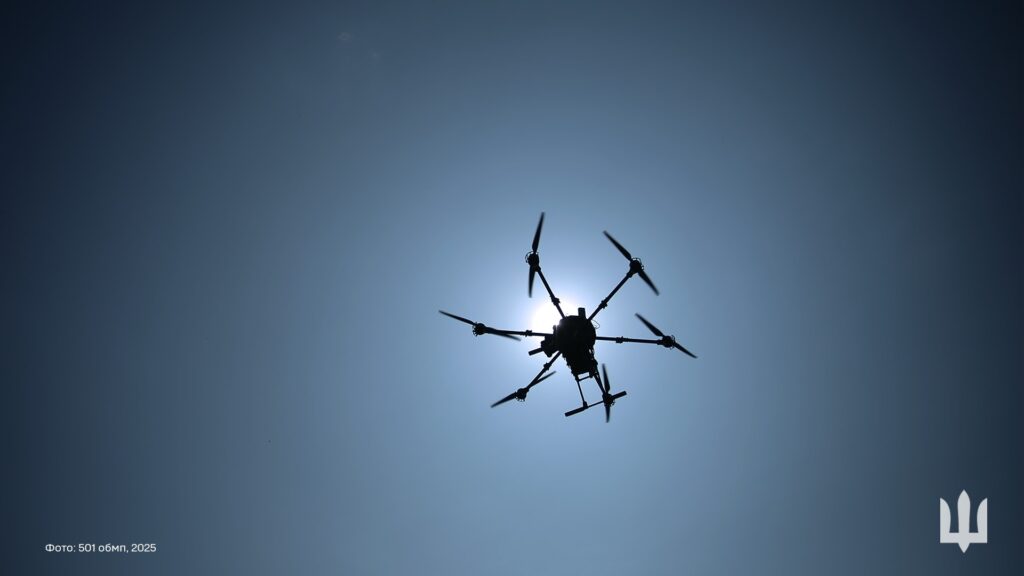
Strategic implications
The breach north of Pokrovsk is more than a local setback. Dobropillia’s fall would give Russia a platform to envelop Pokrovsk from the west or north, undermining Ukraine’s fortress belt from its southernmost point.
While Sloviansk and Kramatorsk are formidable objectives that could take years to capture, bypassing them through Pokrovsk and Dobropillia would neutralize much of their strategic value.
DeepState warns that without a timely counterattack, Dobropillia could fall before Pokrovsk, potentially forcing Ukraine into difficult decisions about holding ground versus preserving manpower.
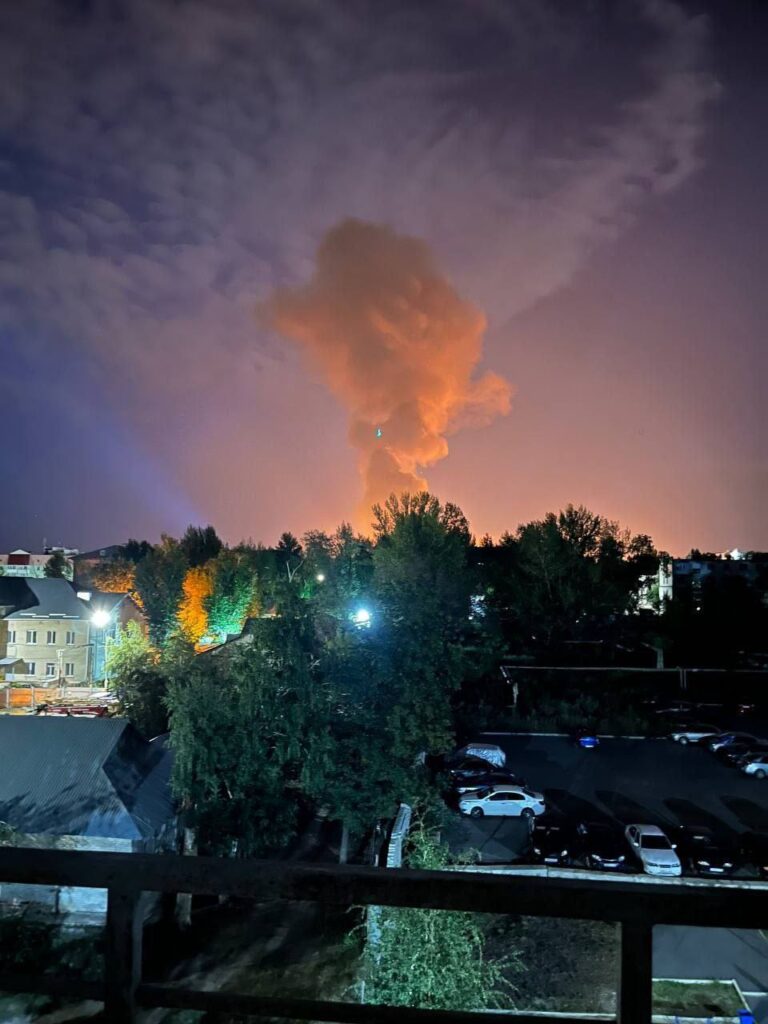

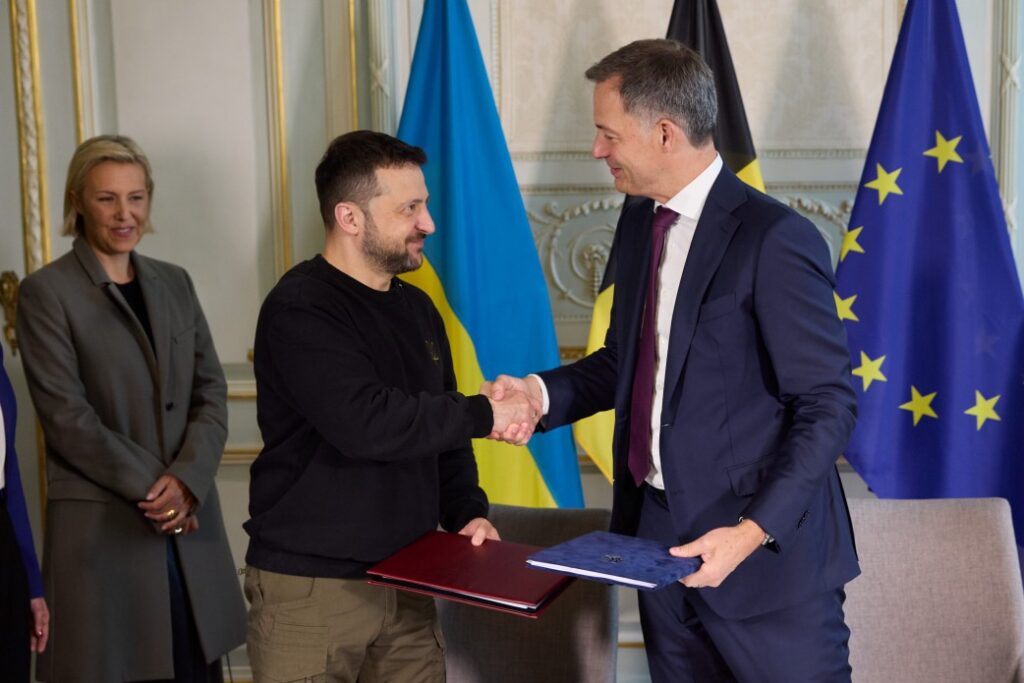
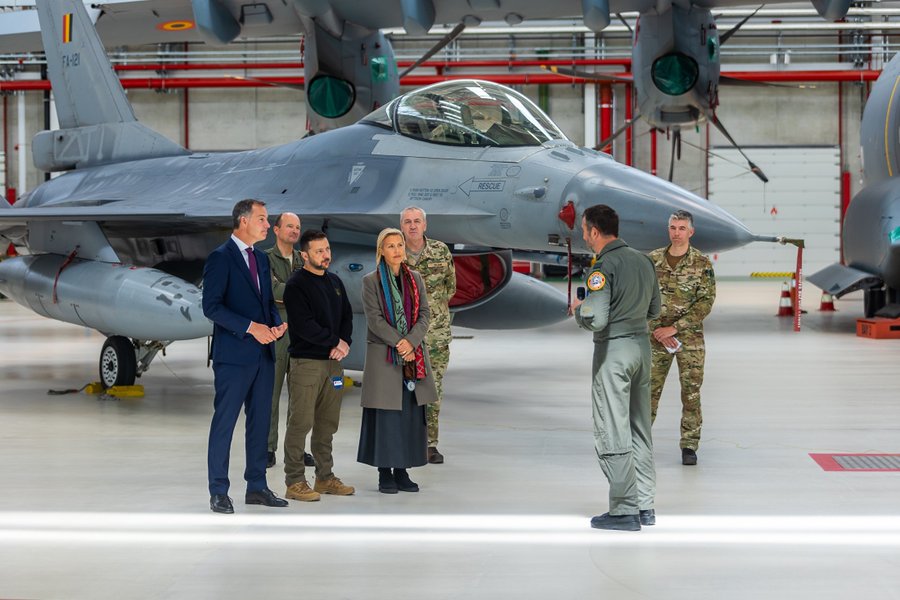
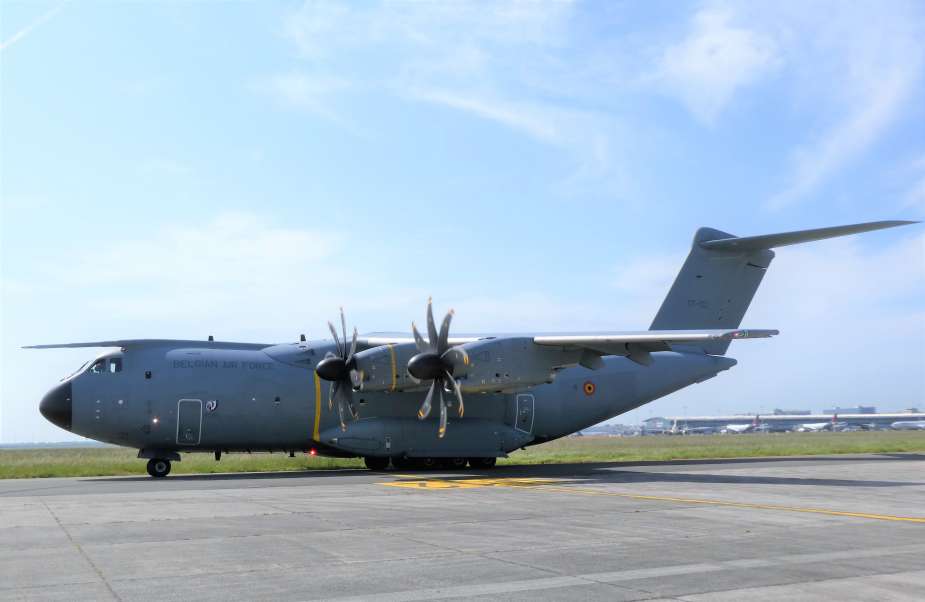
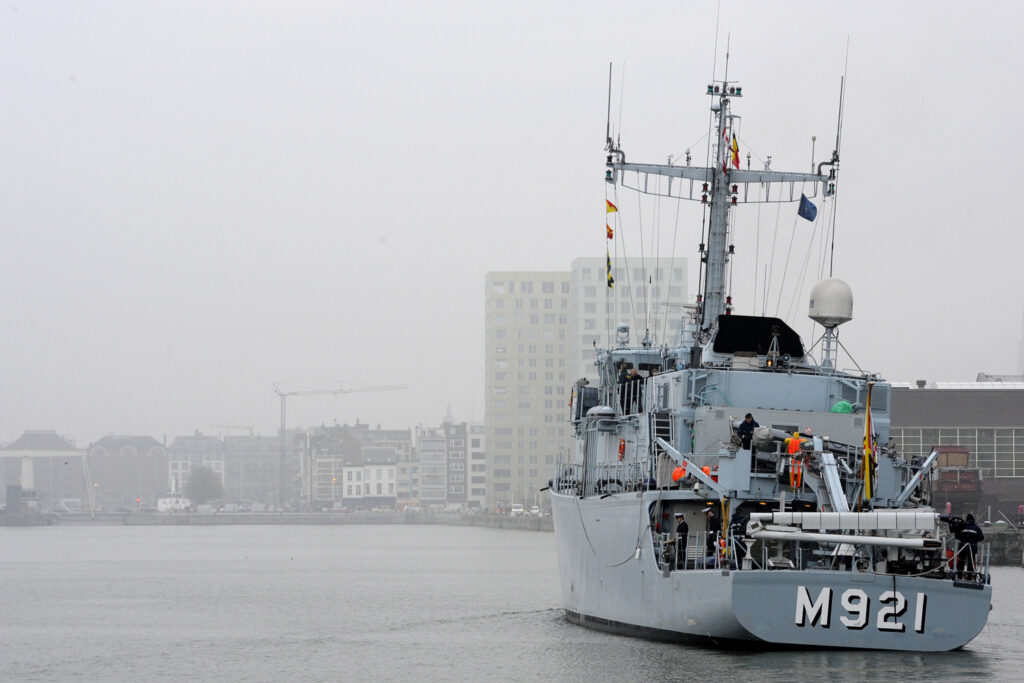
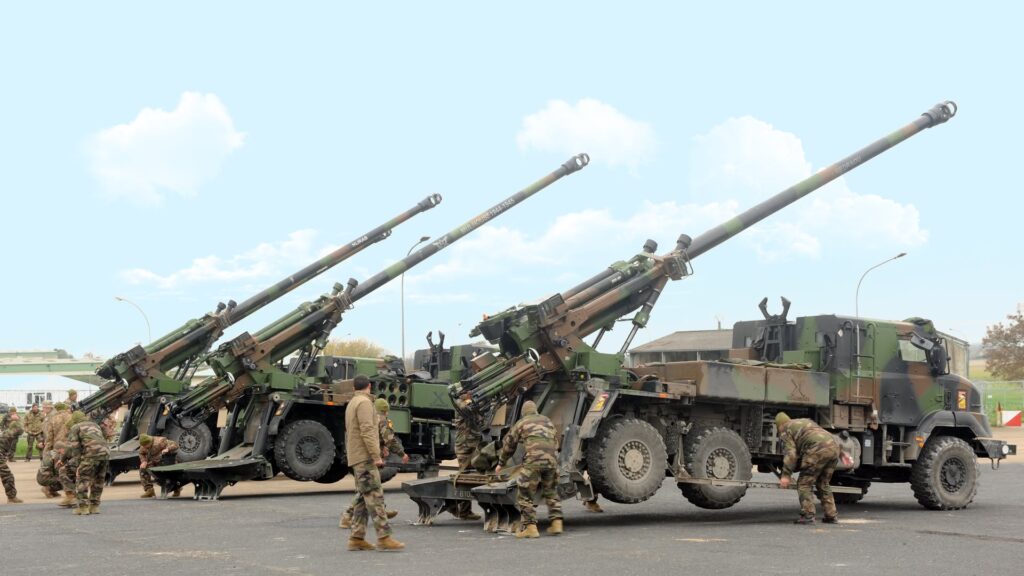
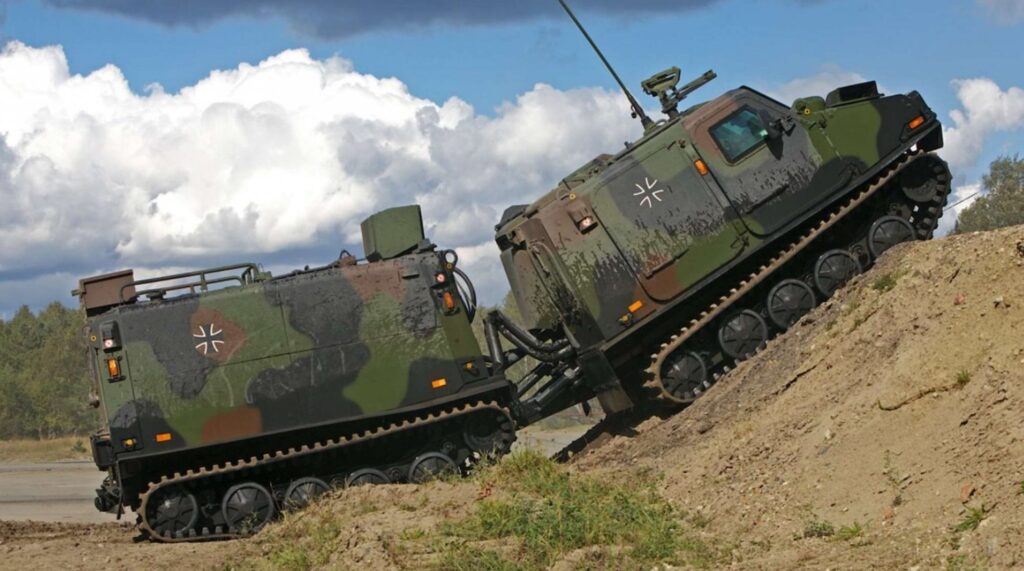
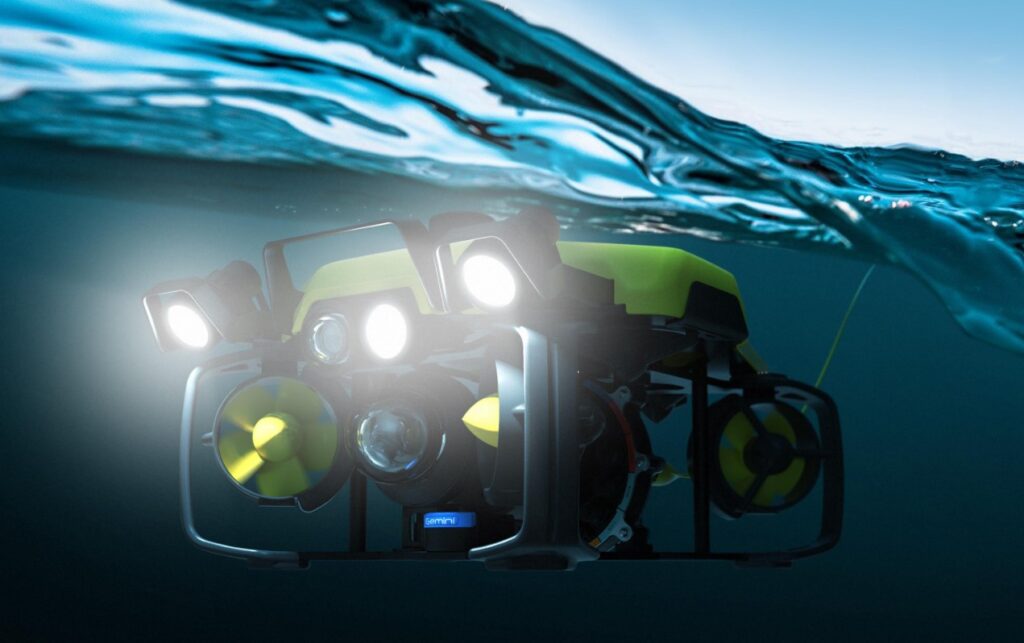

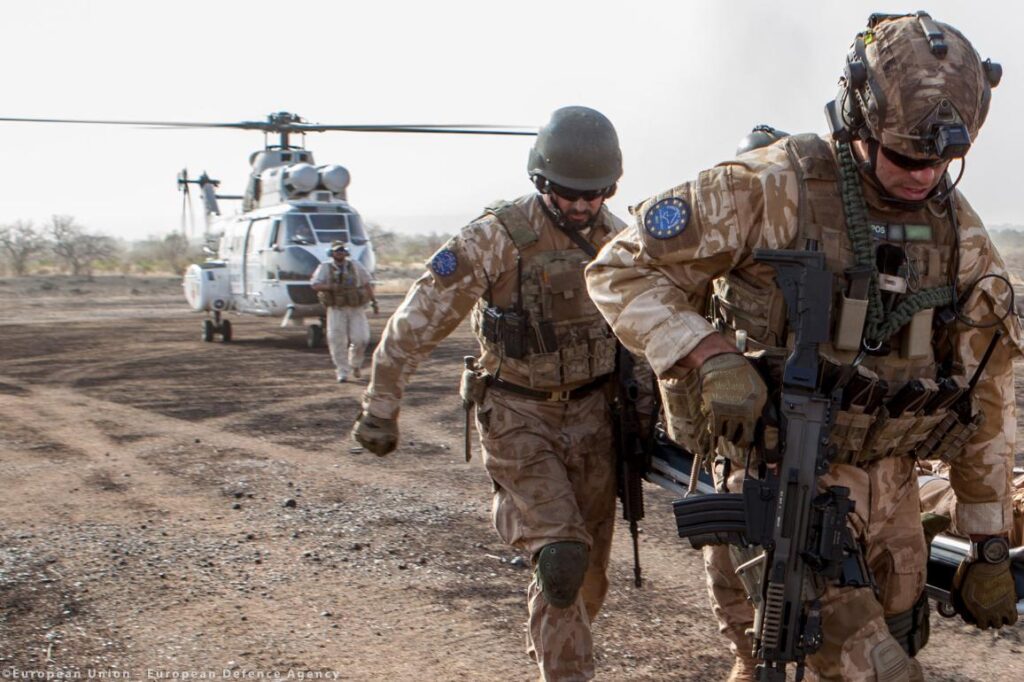
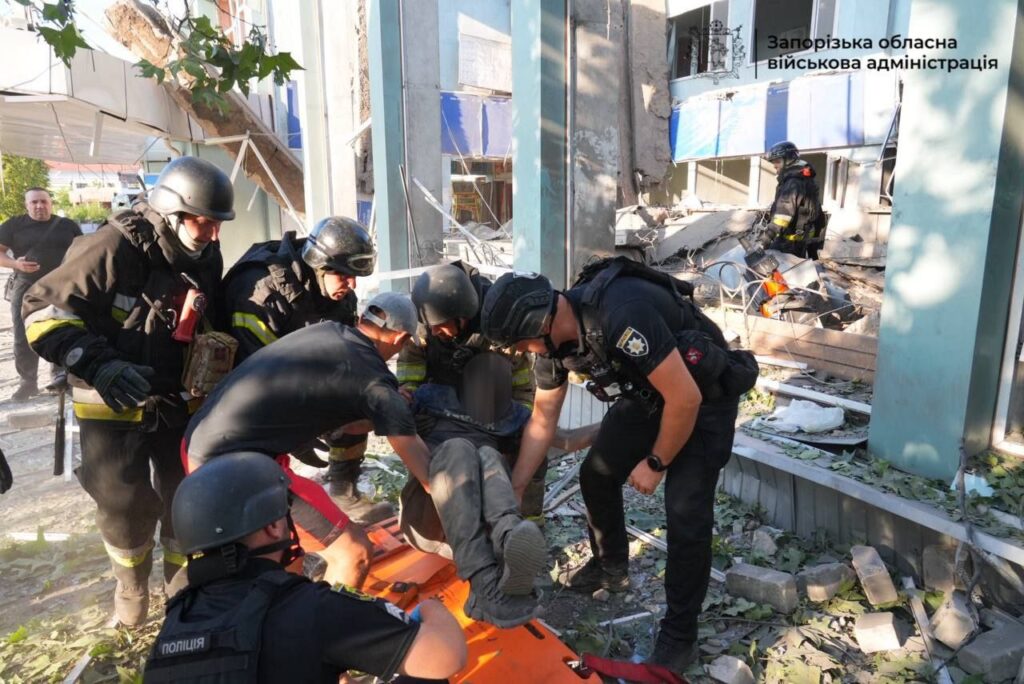
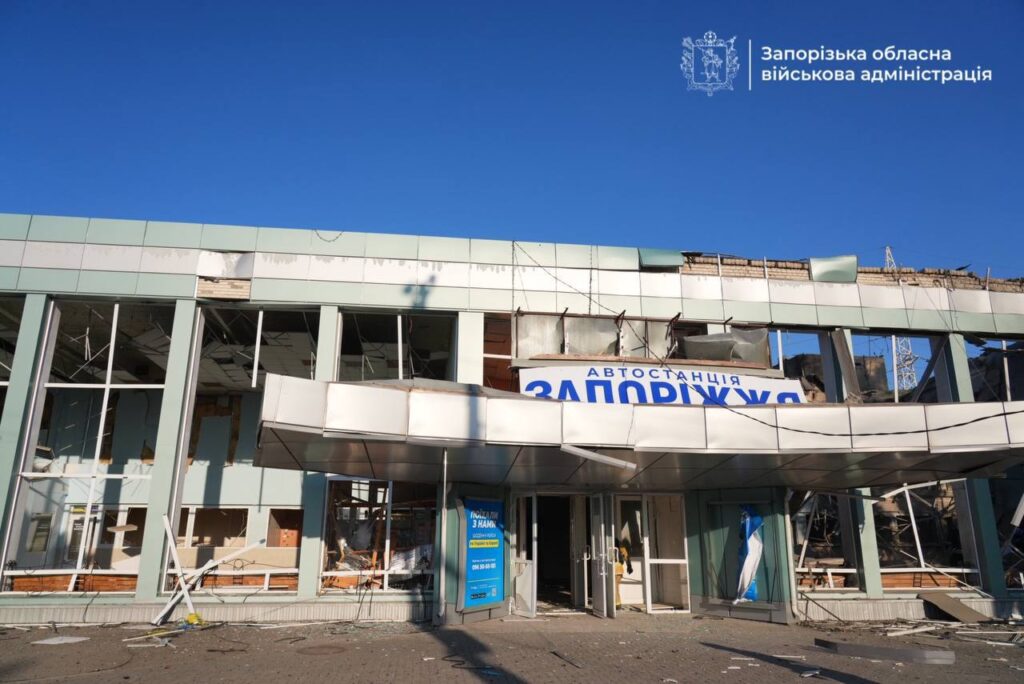

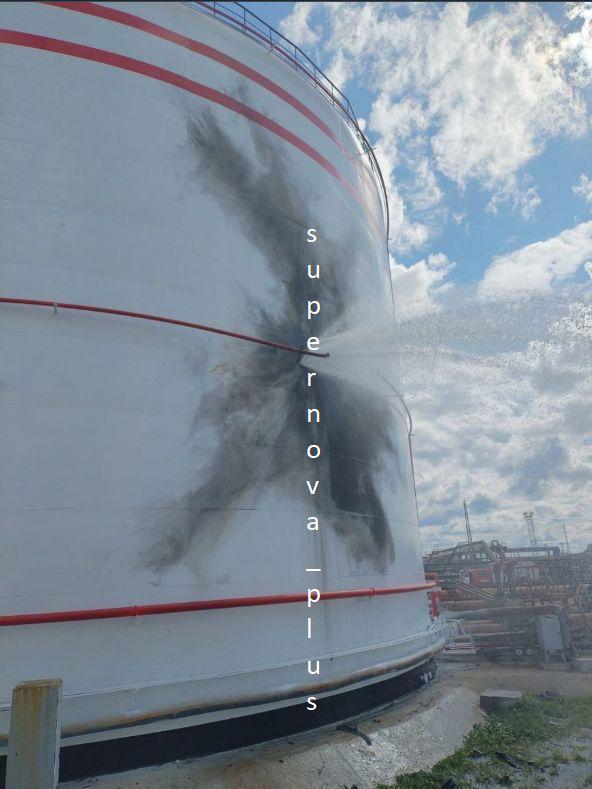
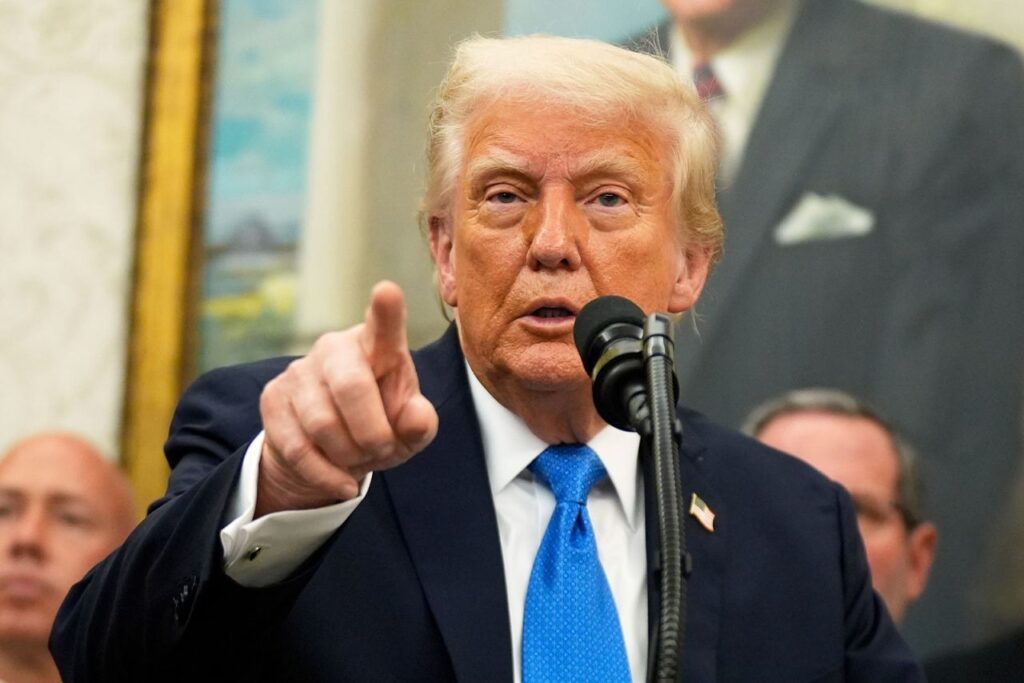

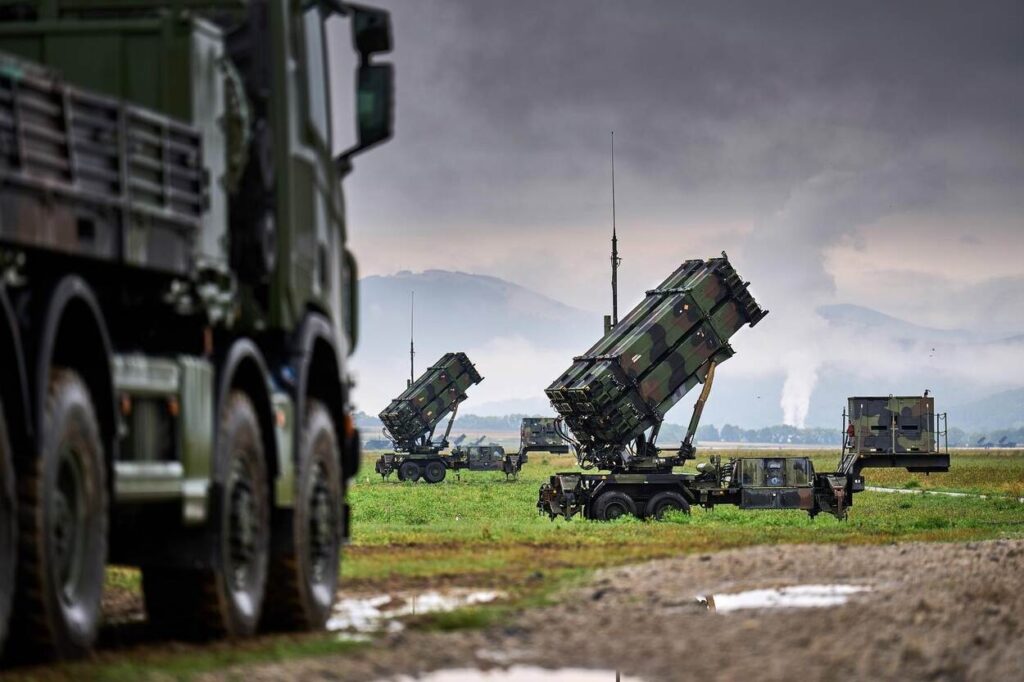

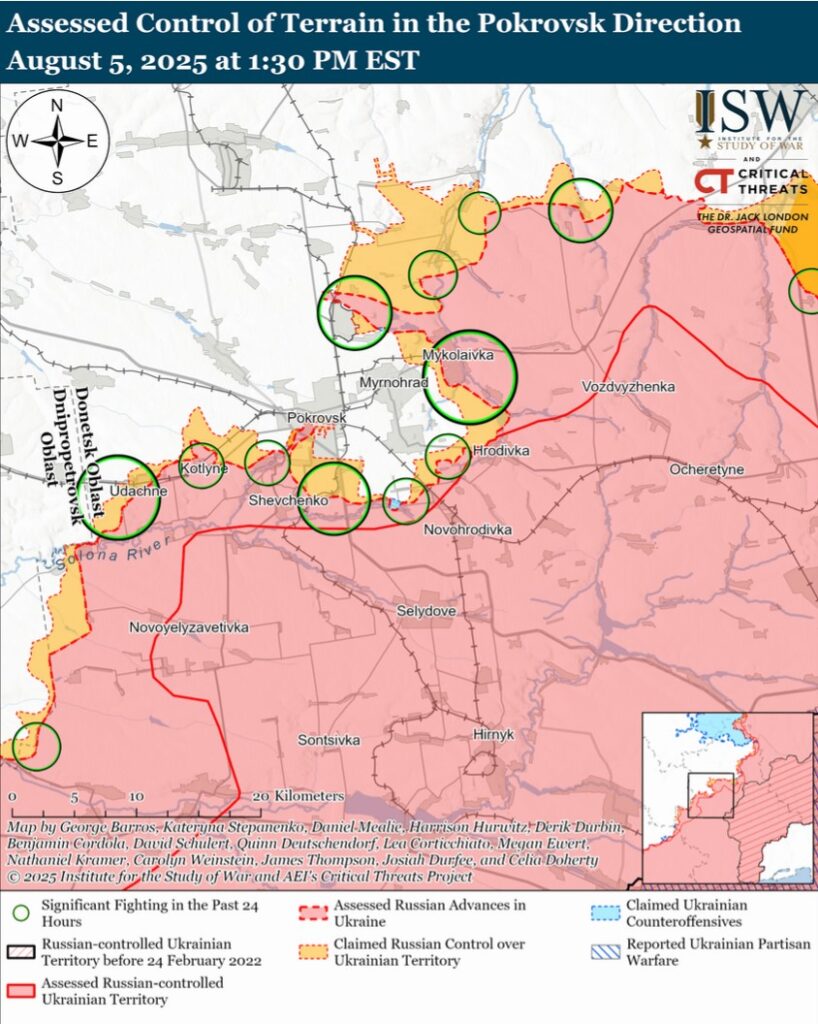



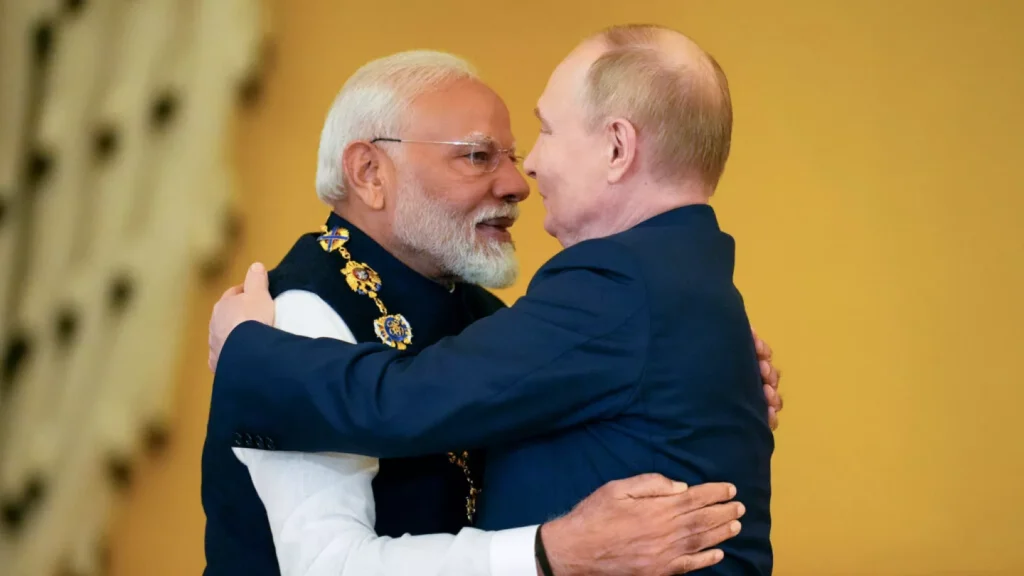
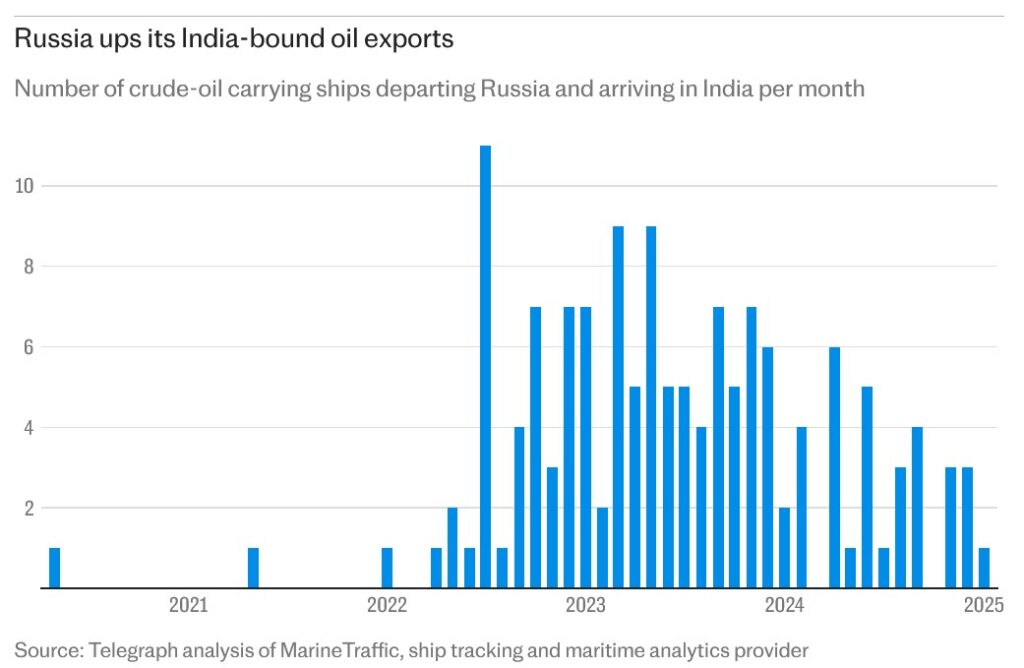

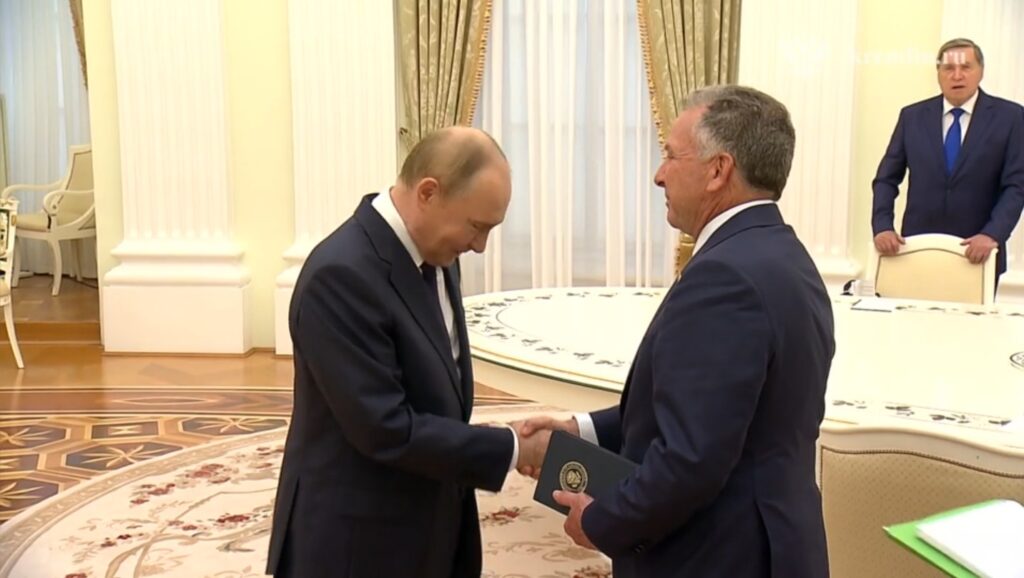

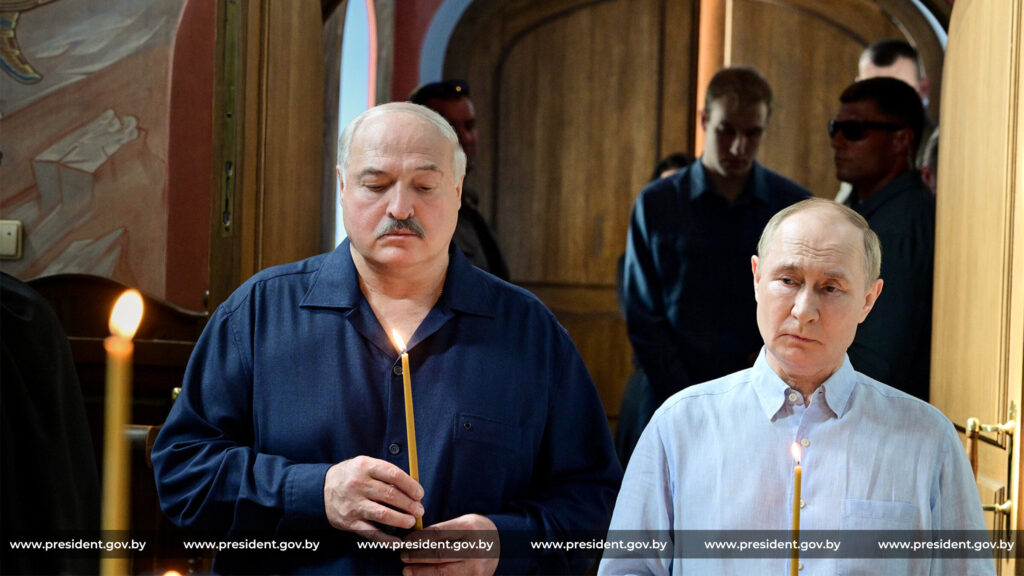
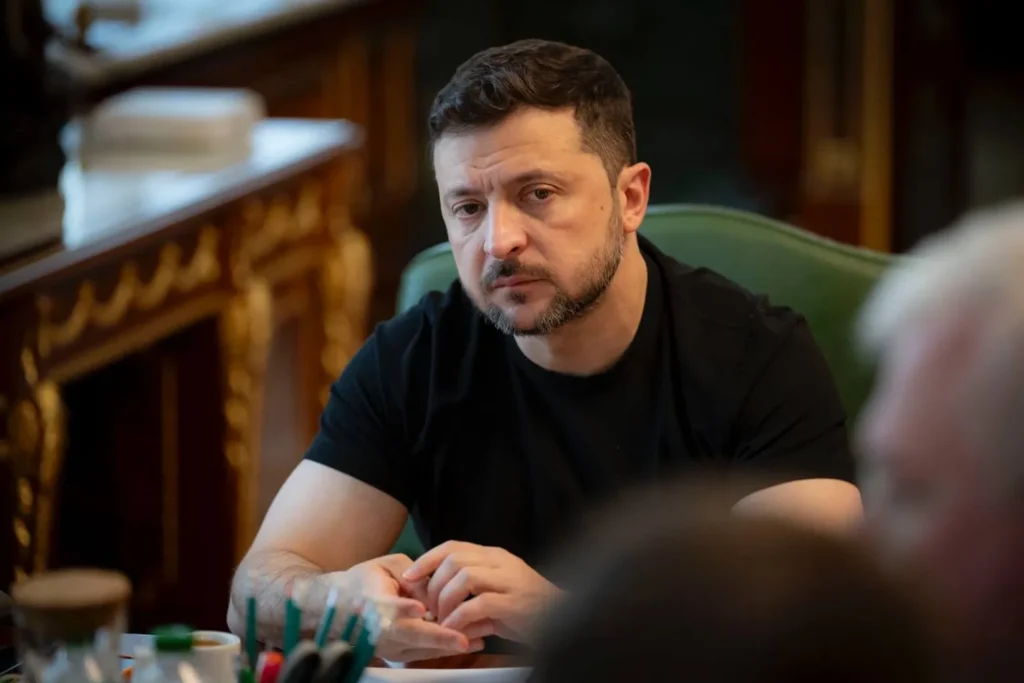
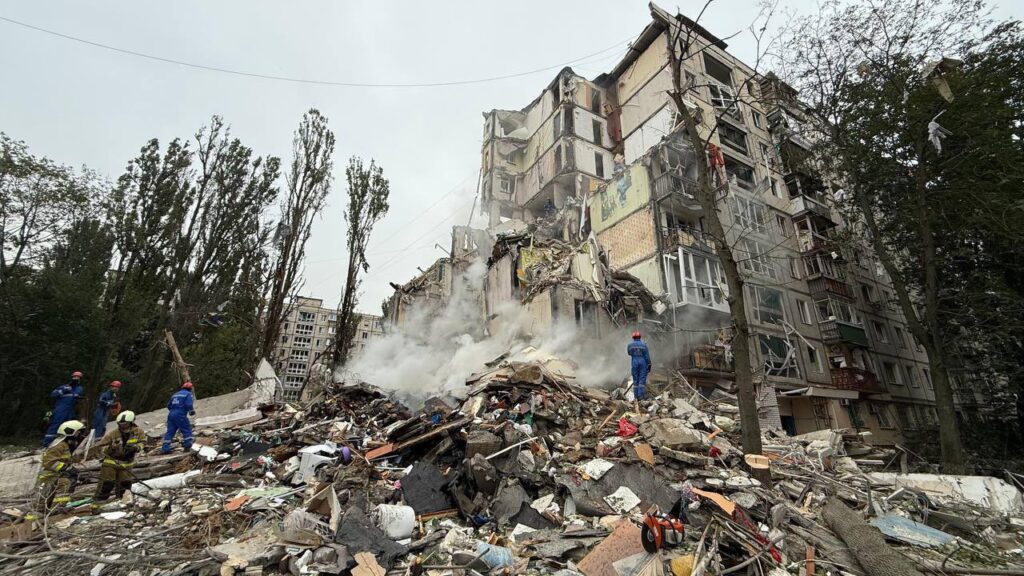

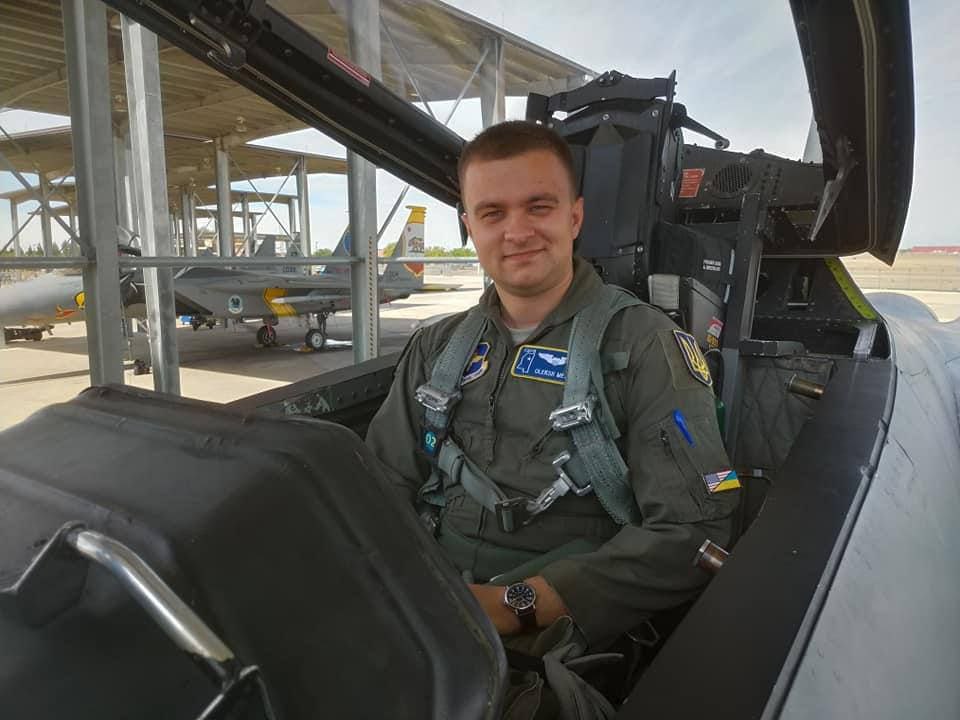

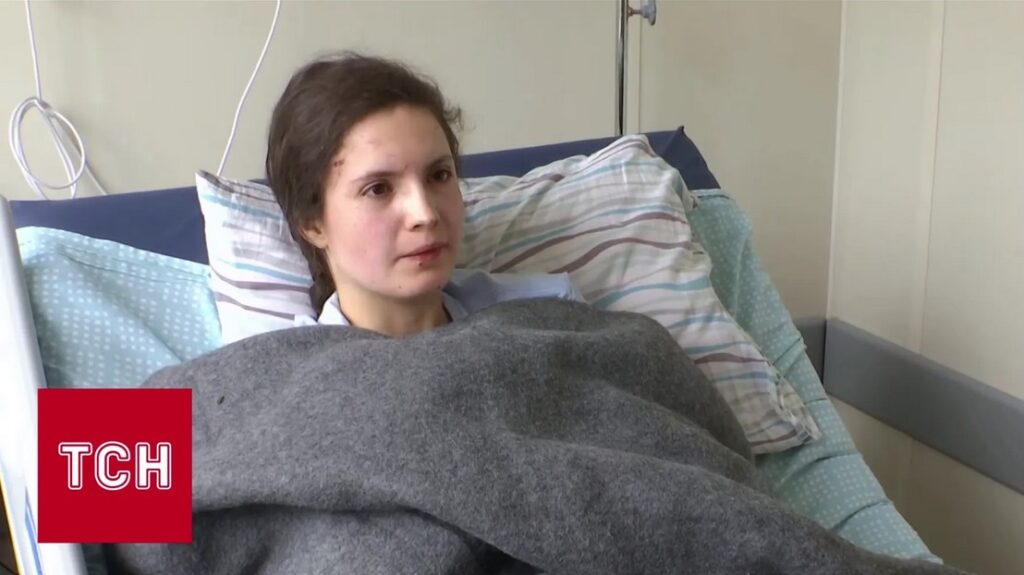
 ABC
ABC 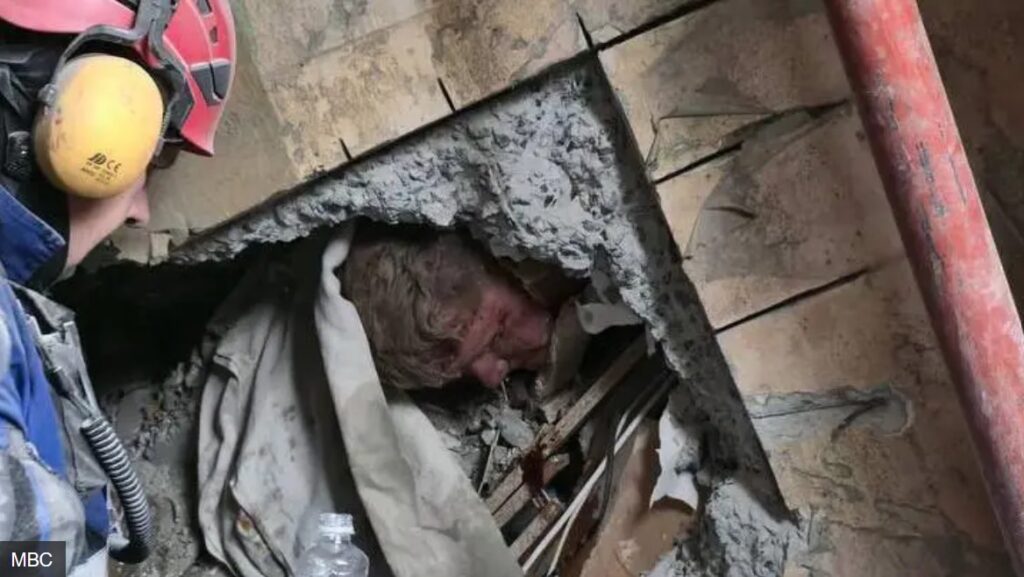
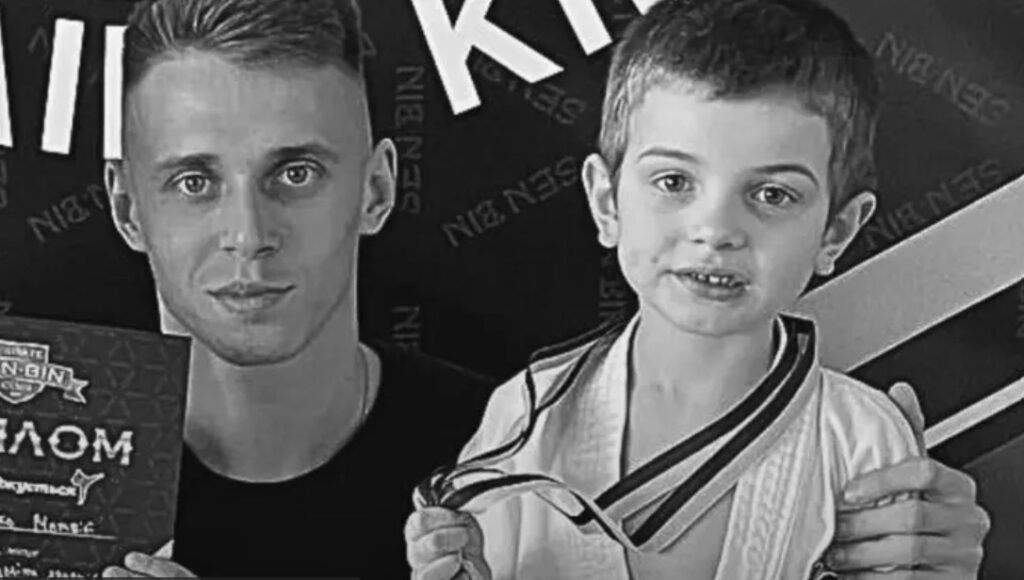
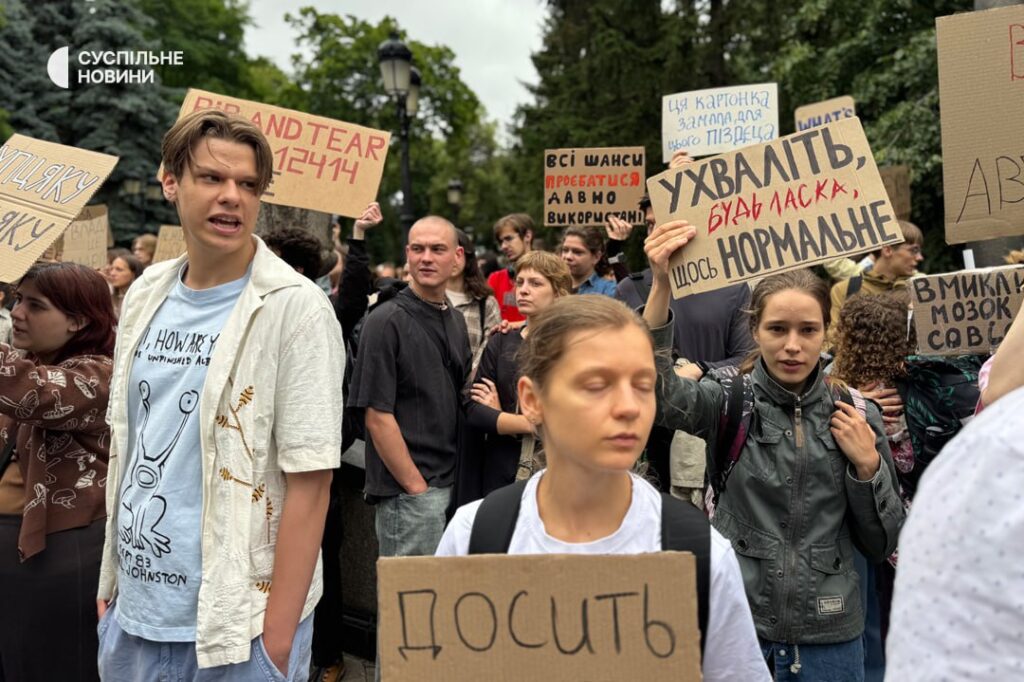



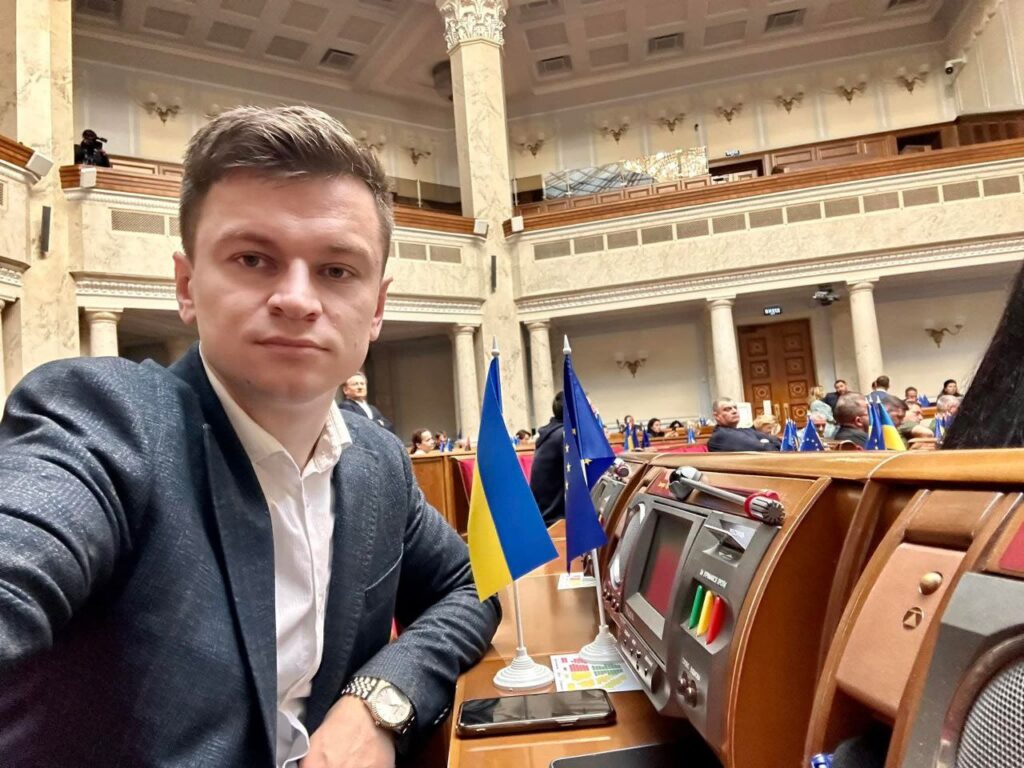
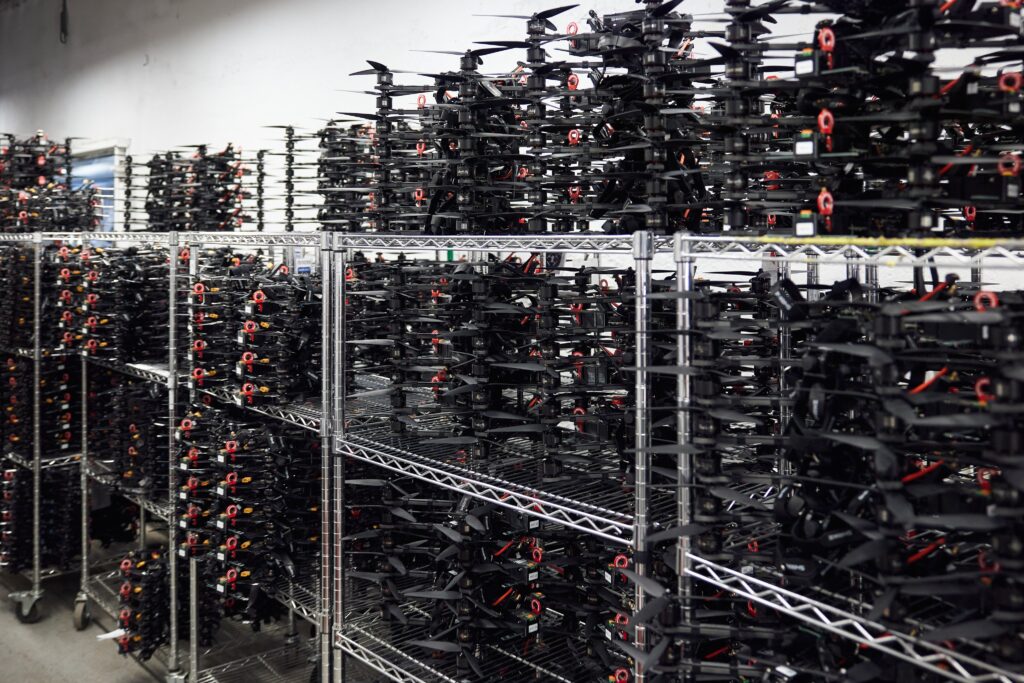
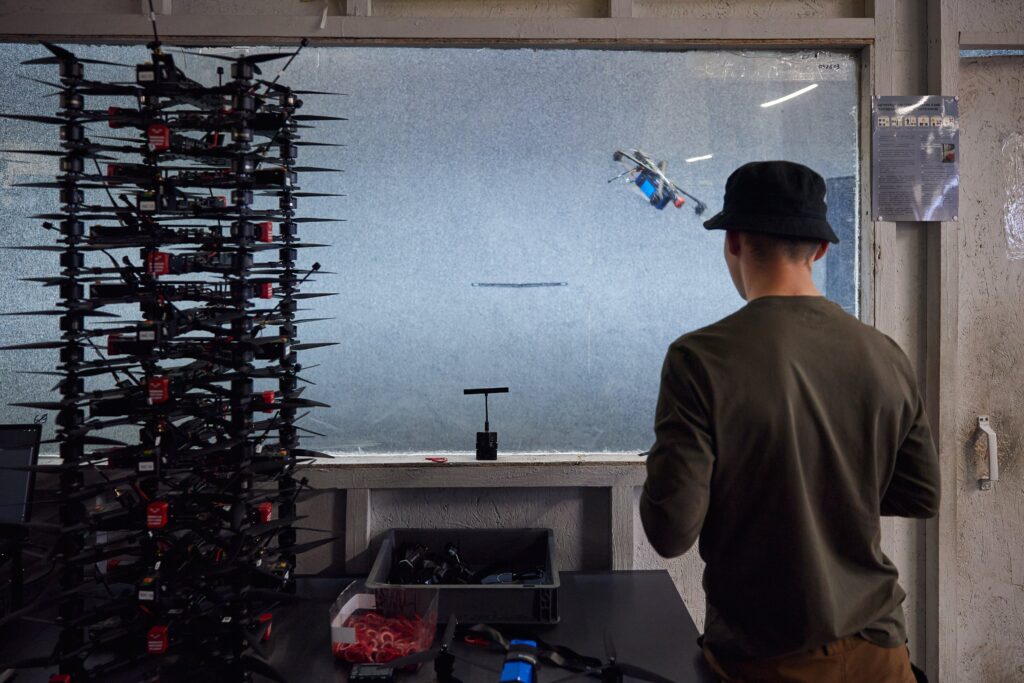
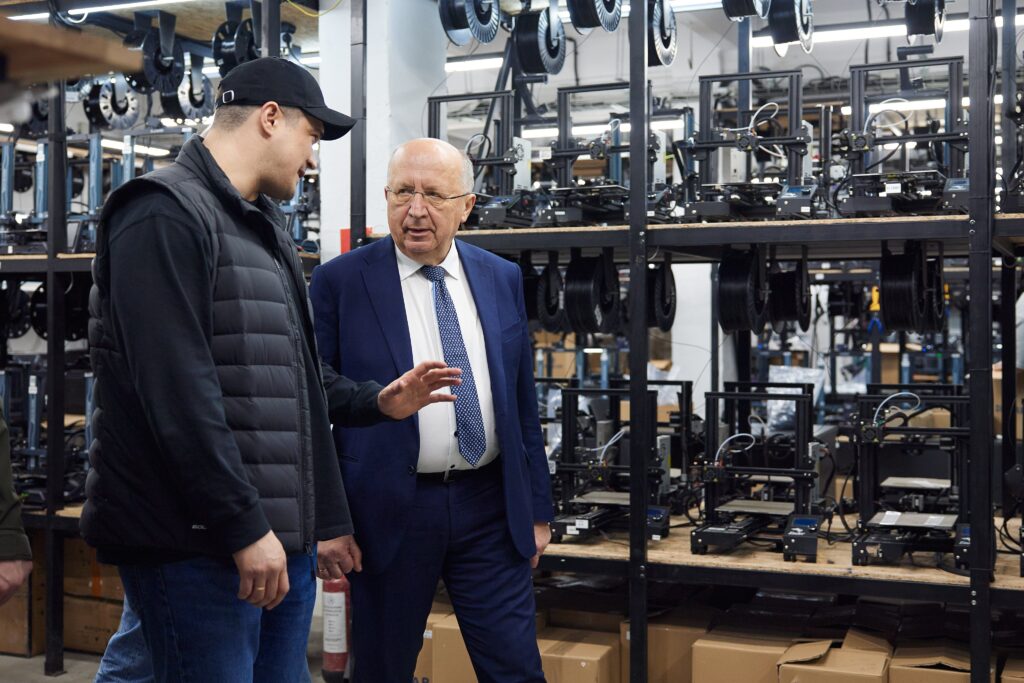
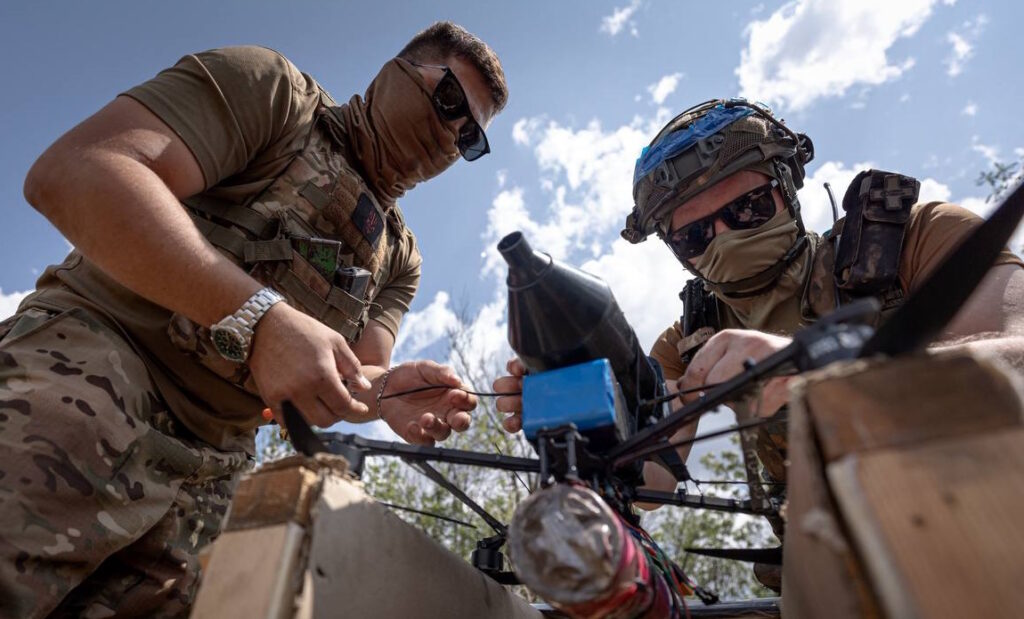
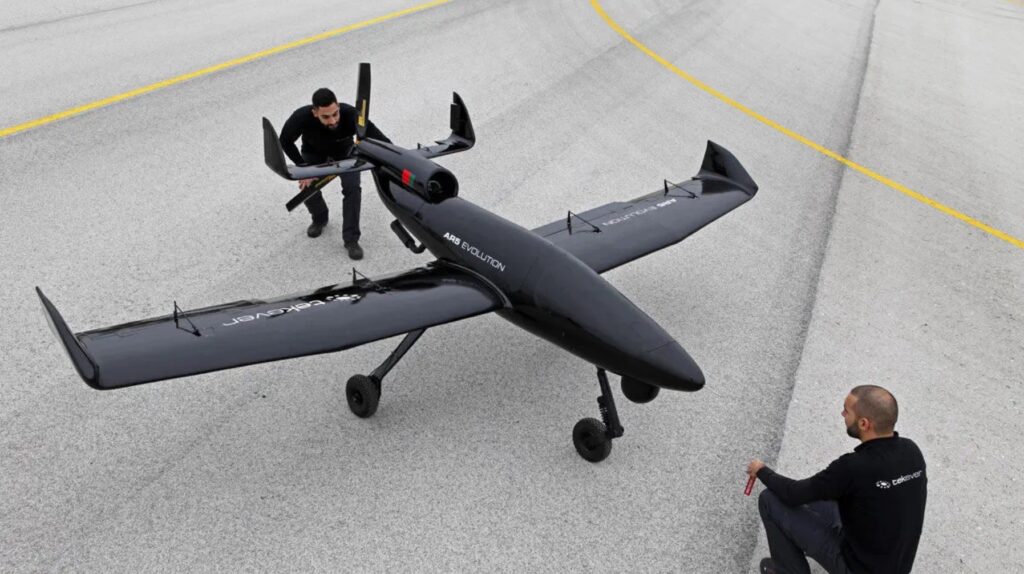
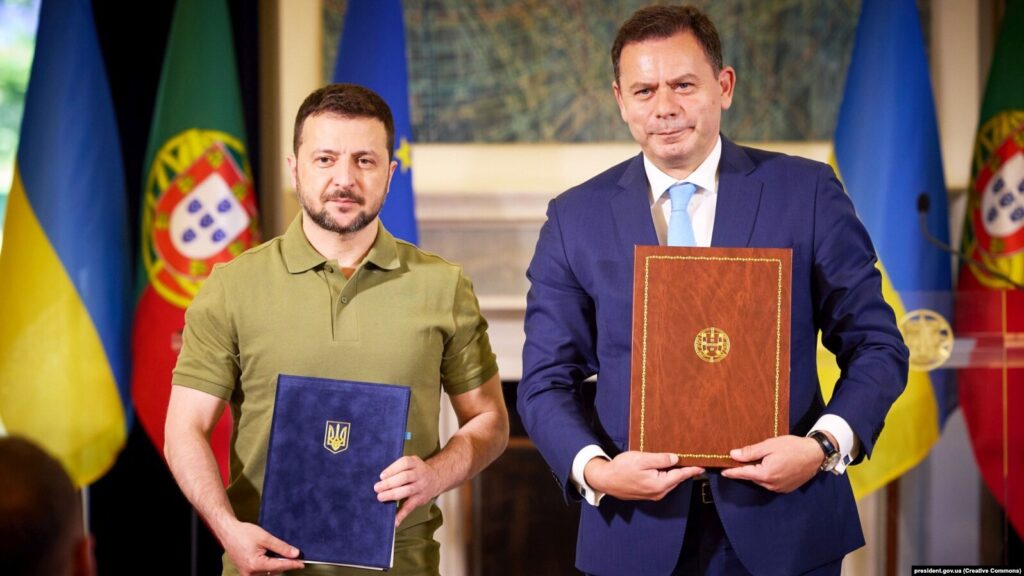

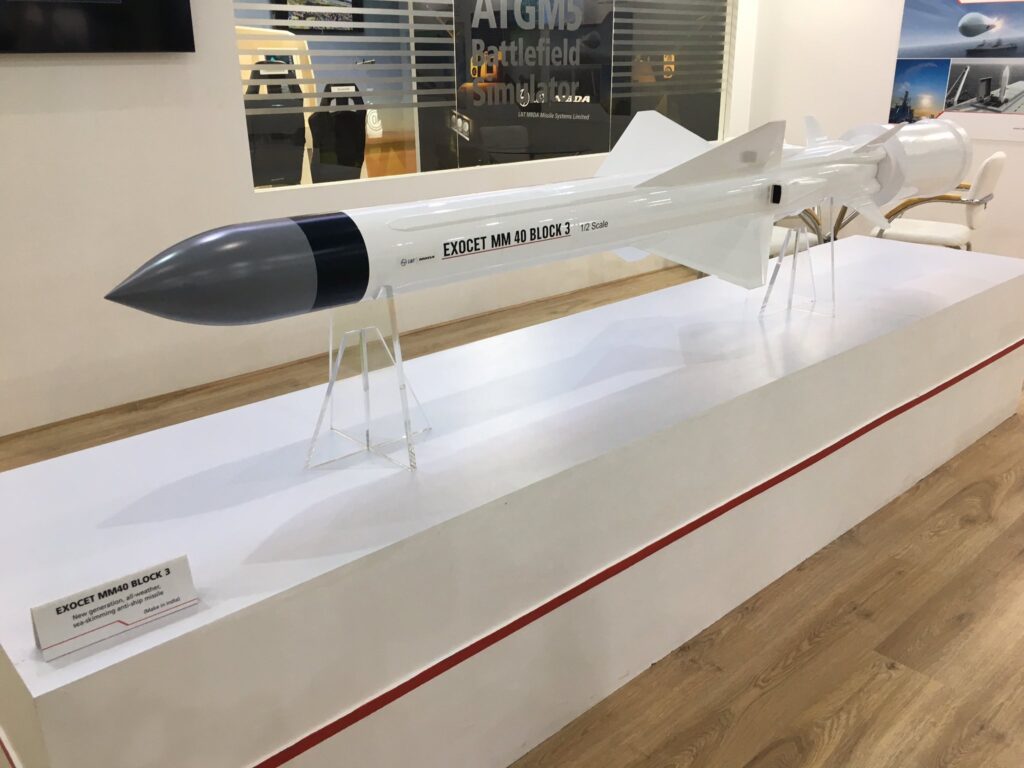
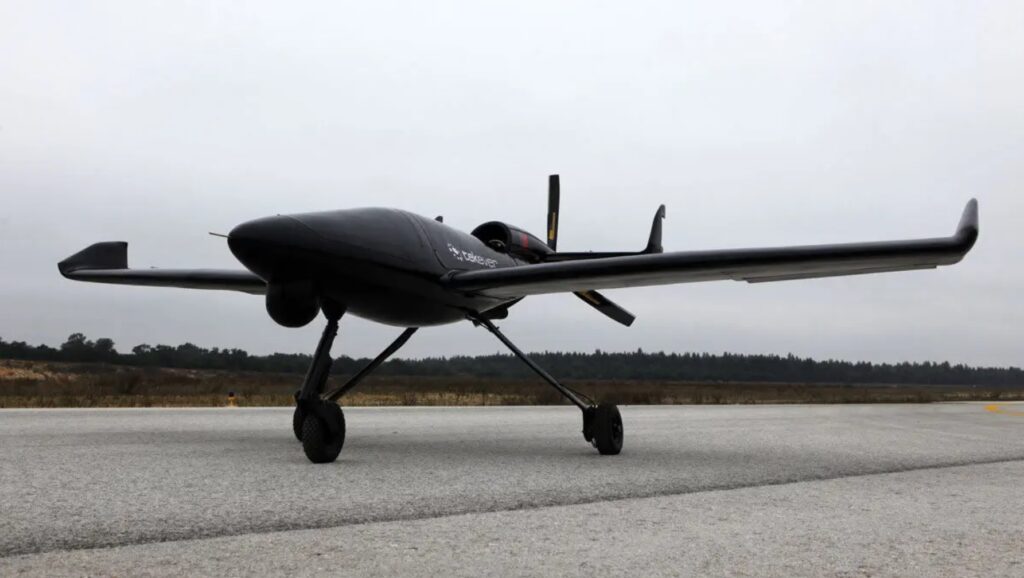
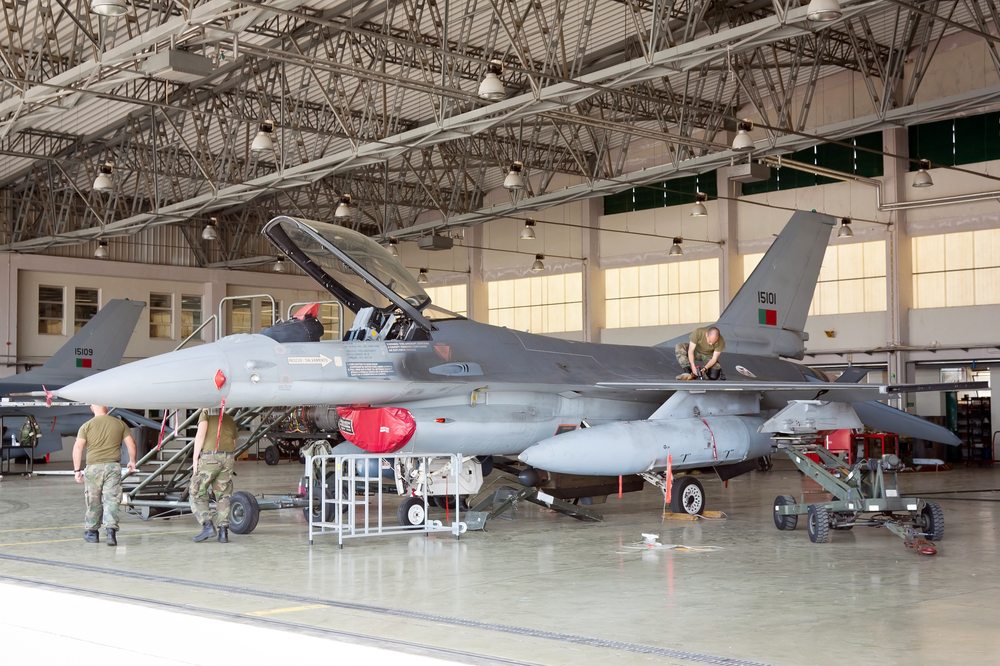
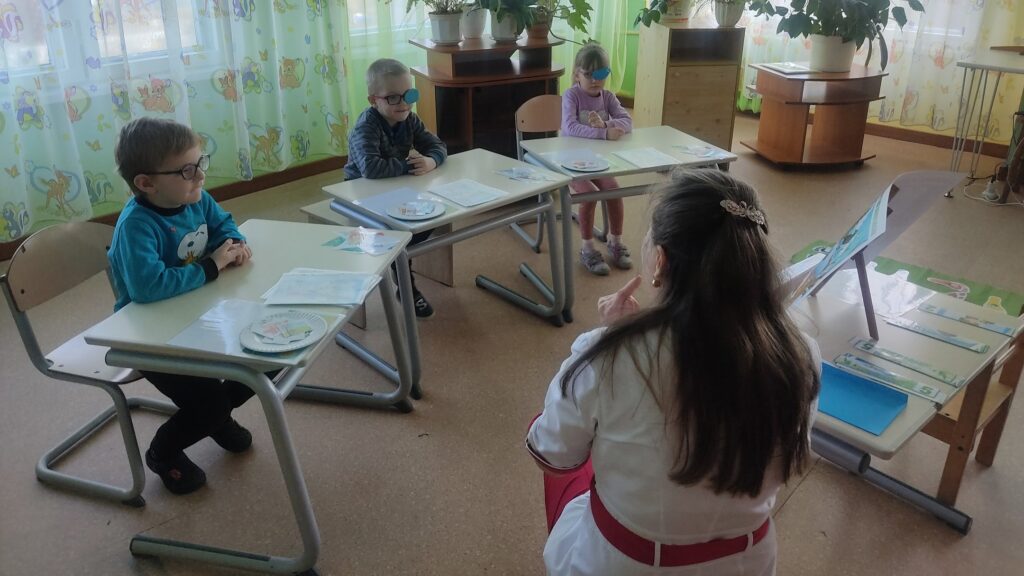

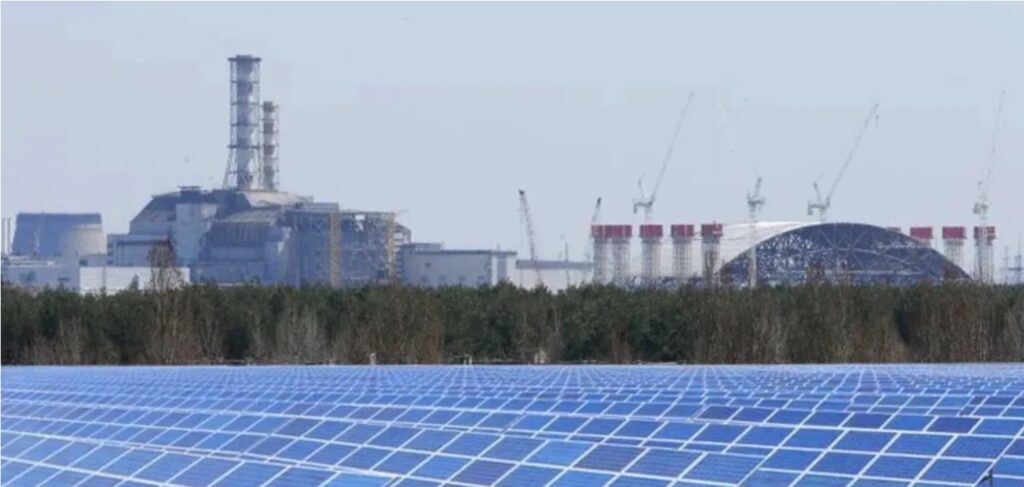
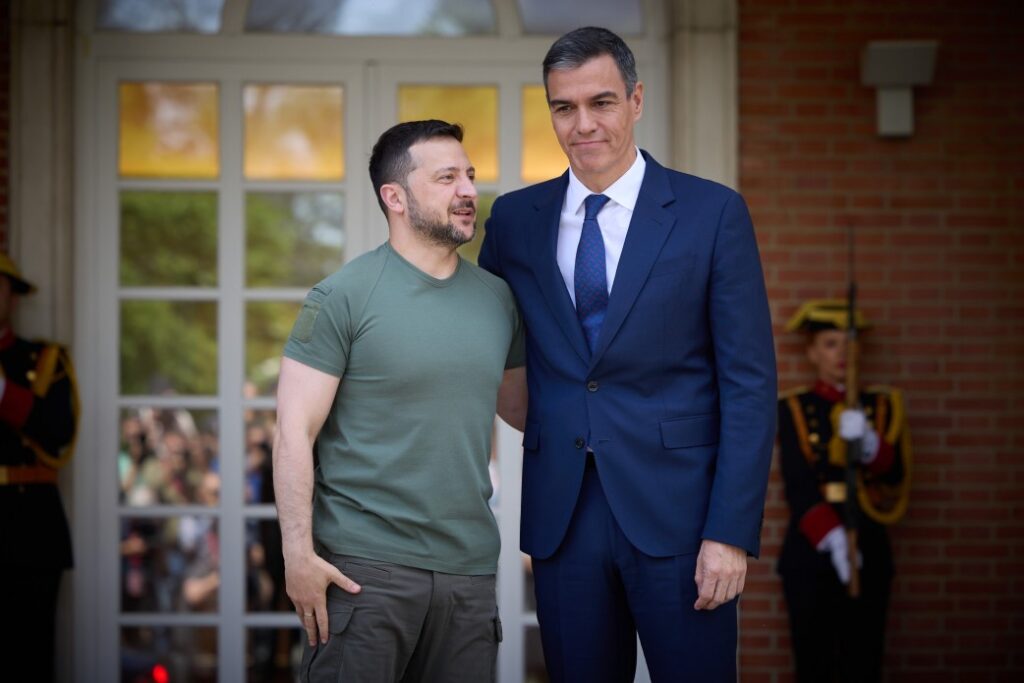

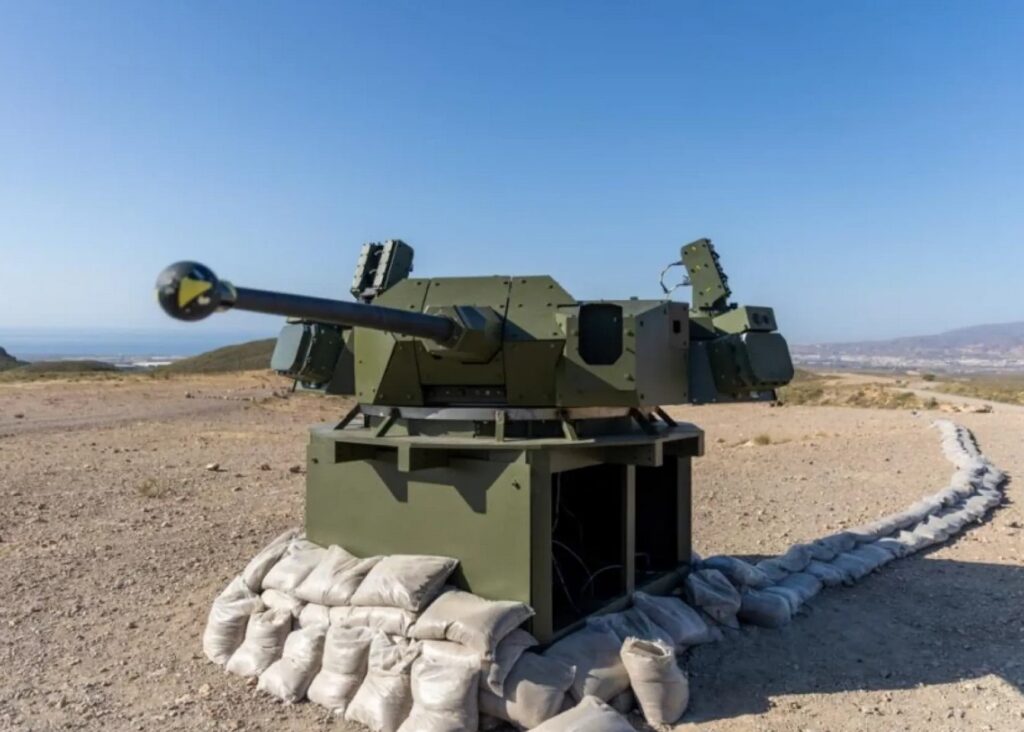
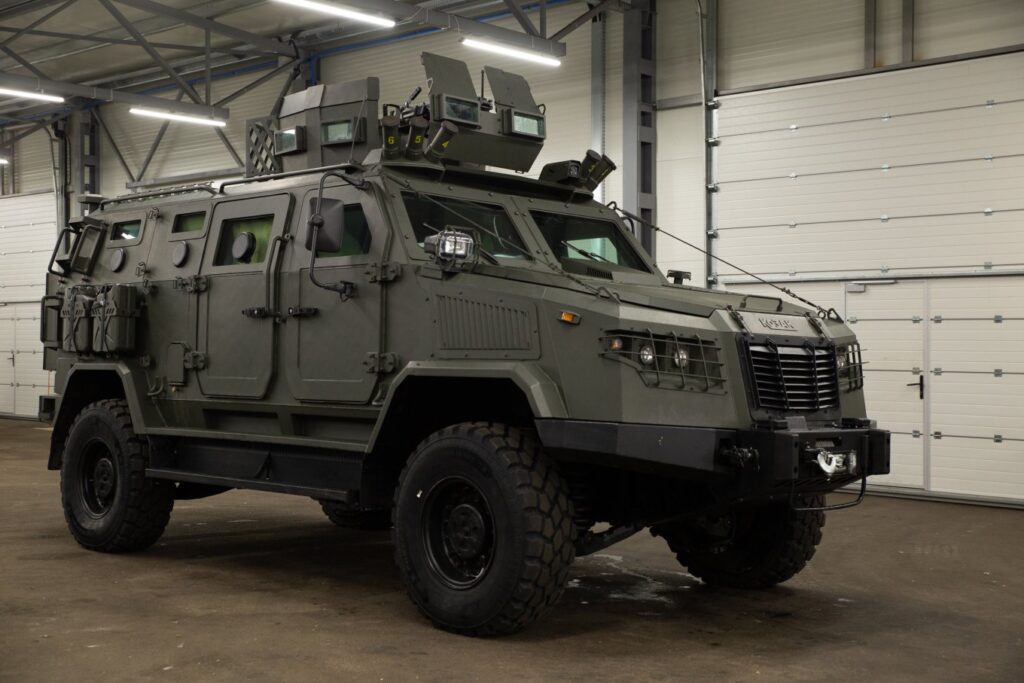
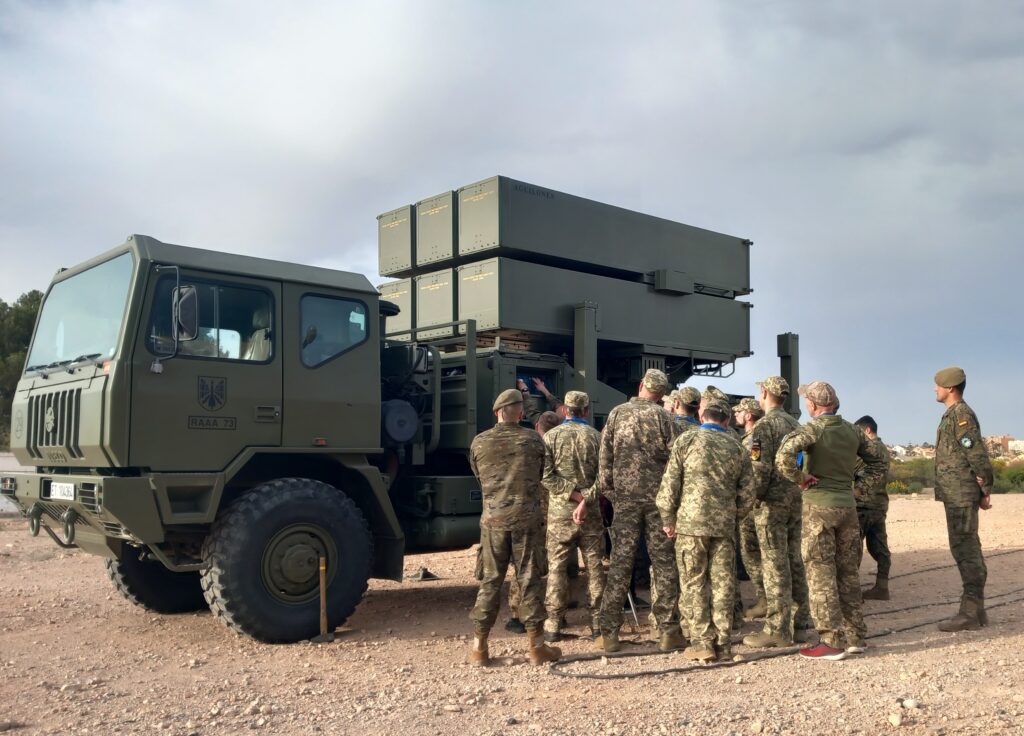
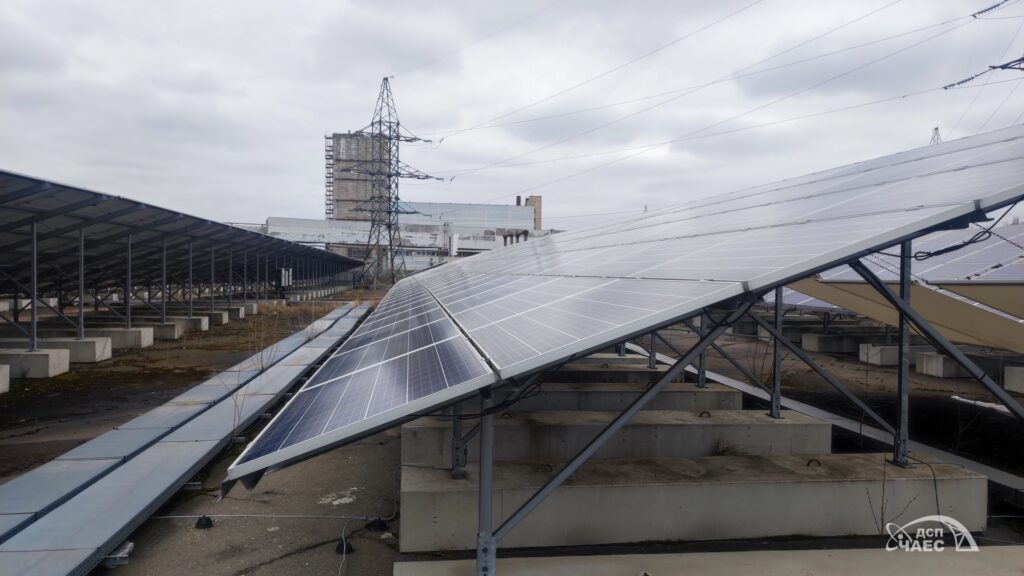


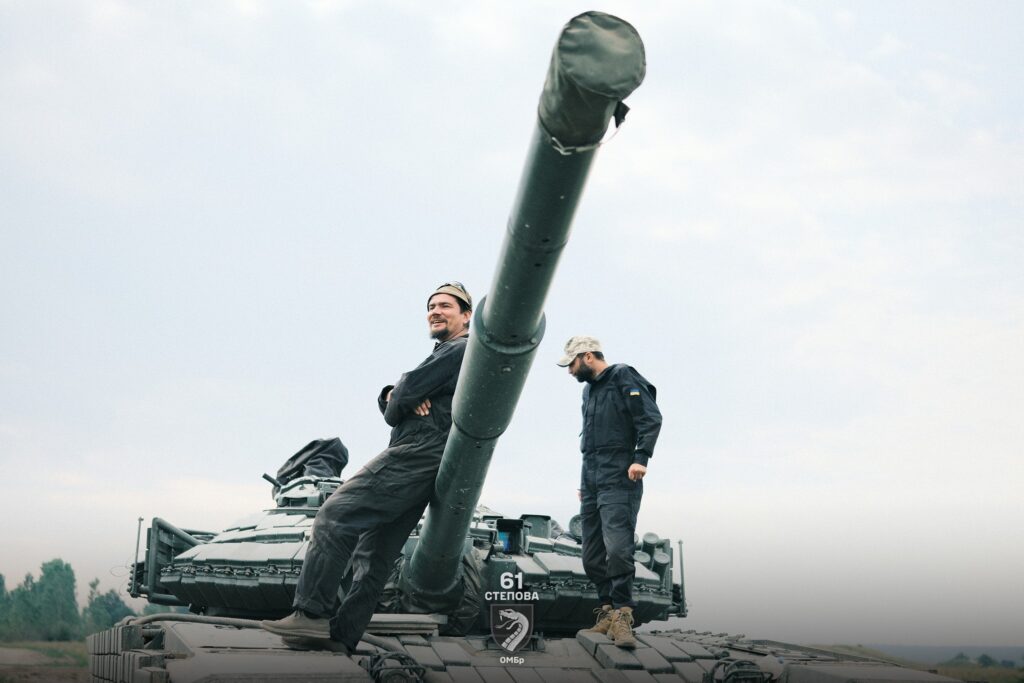

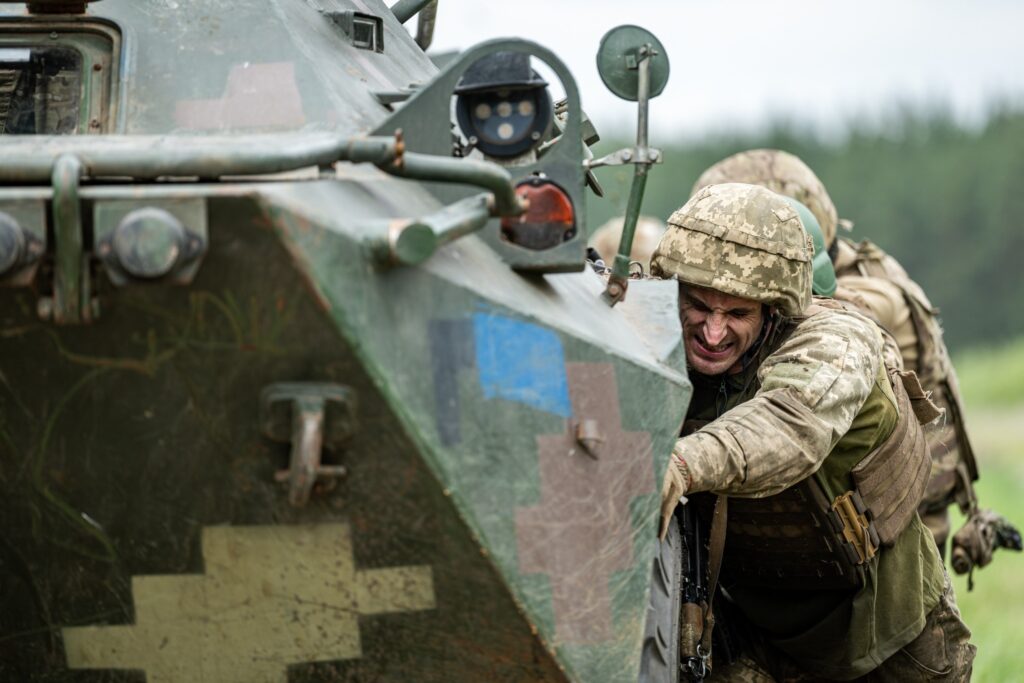

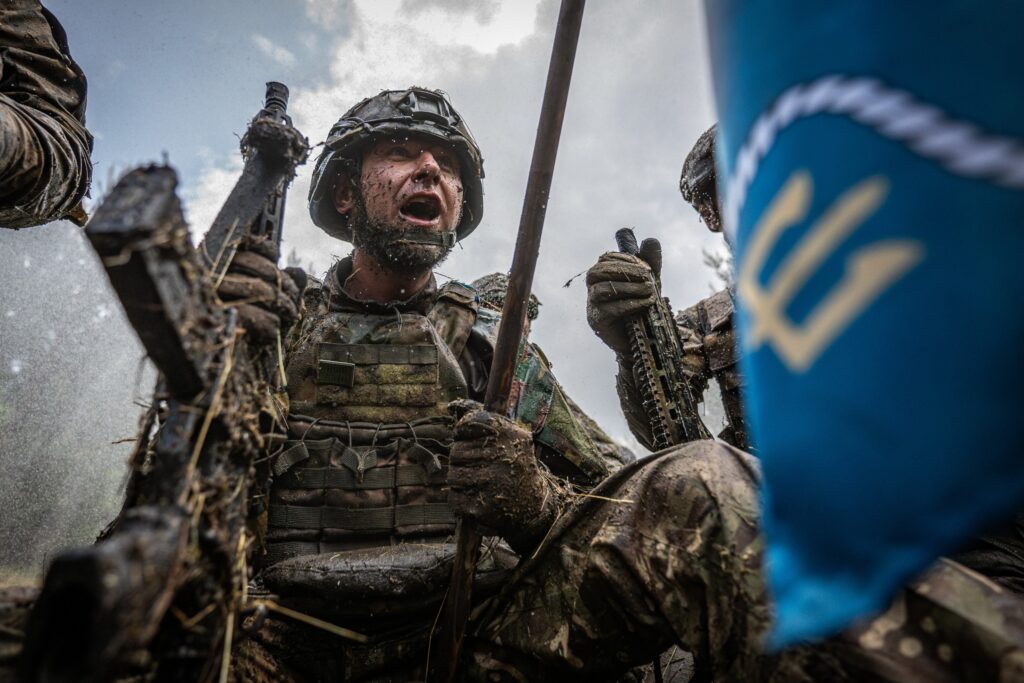
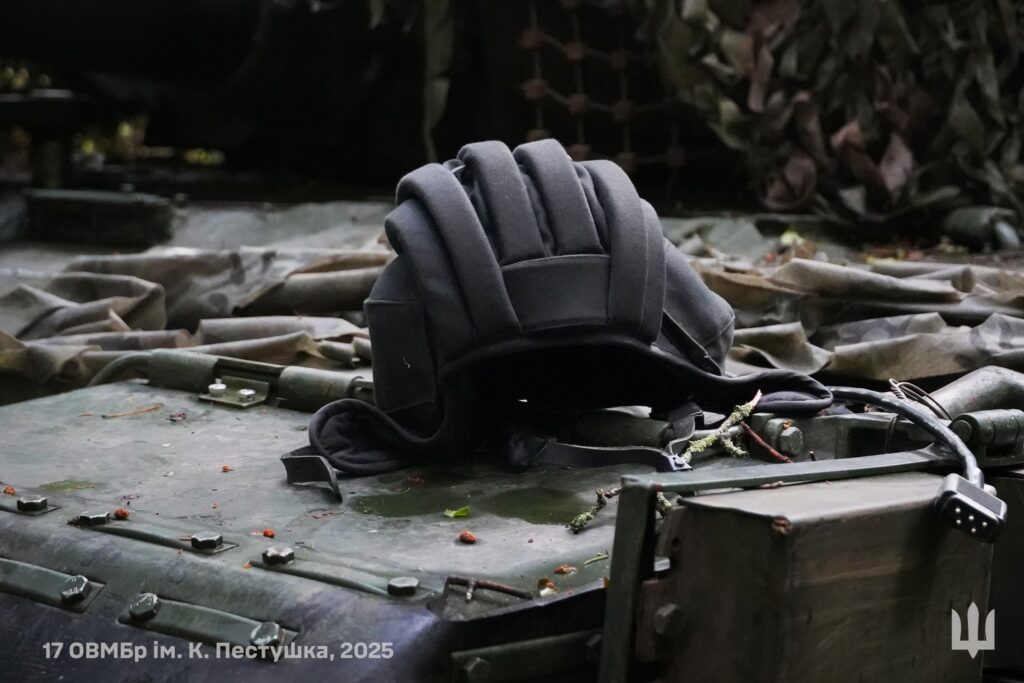
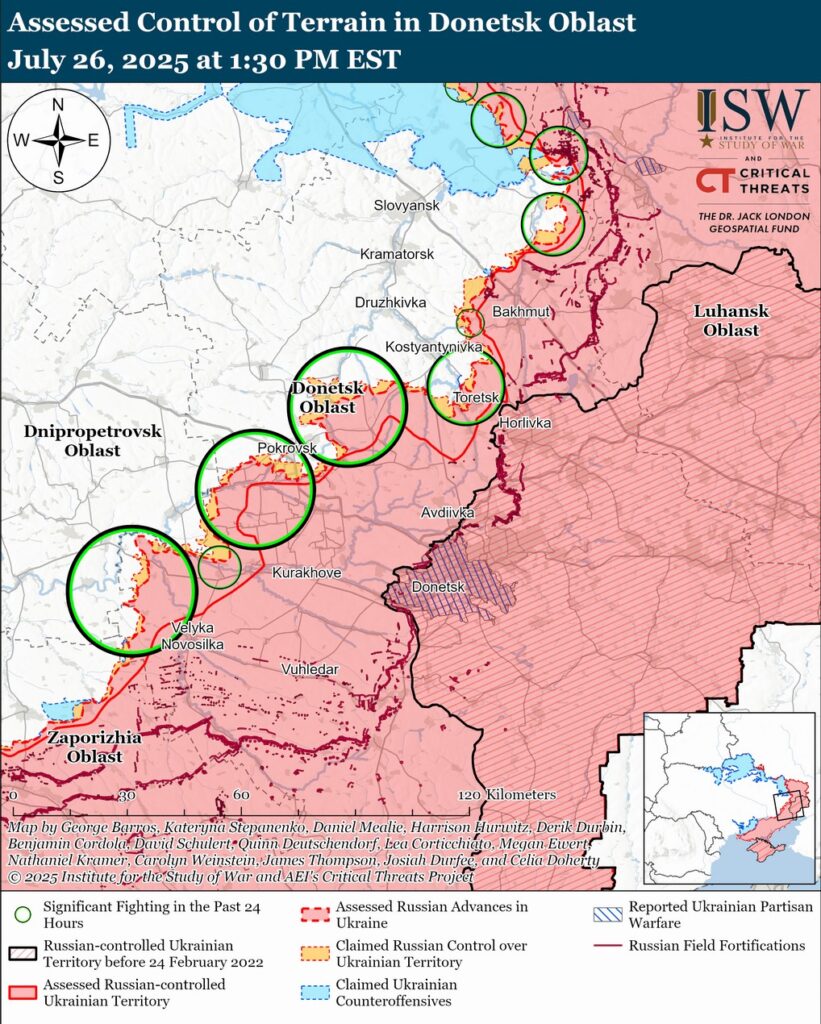
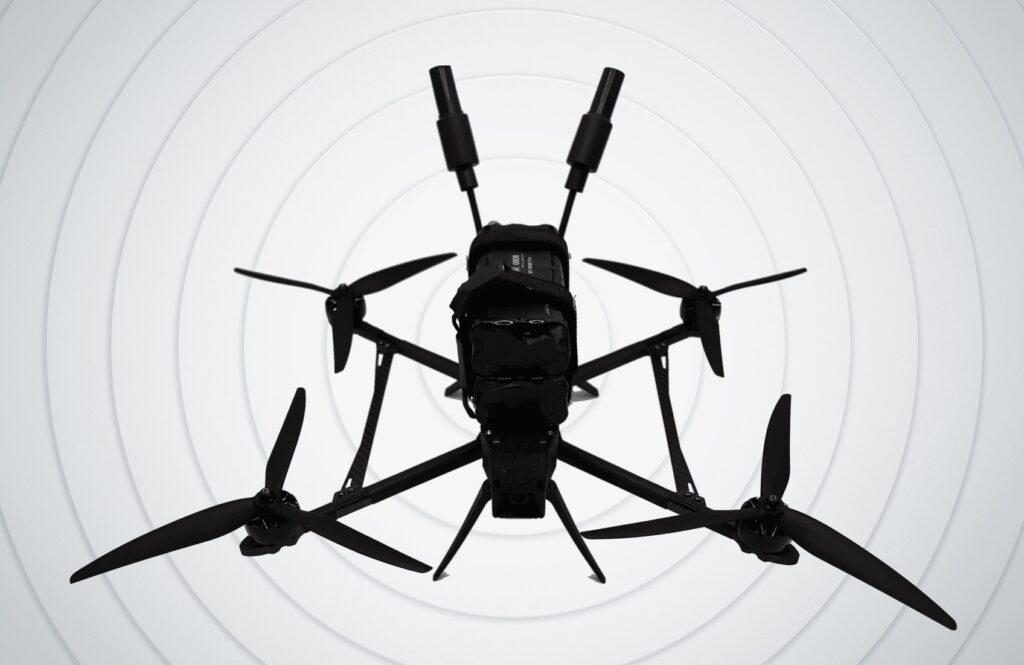
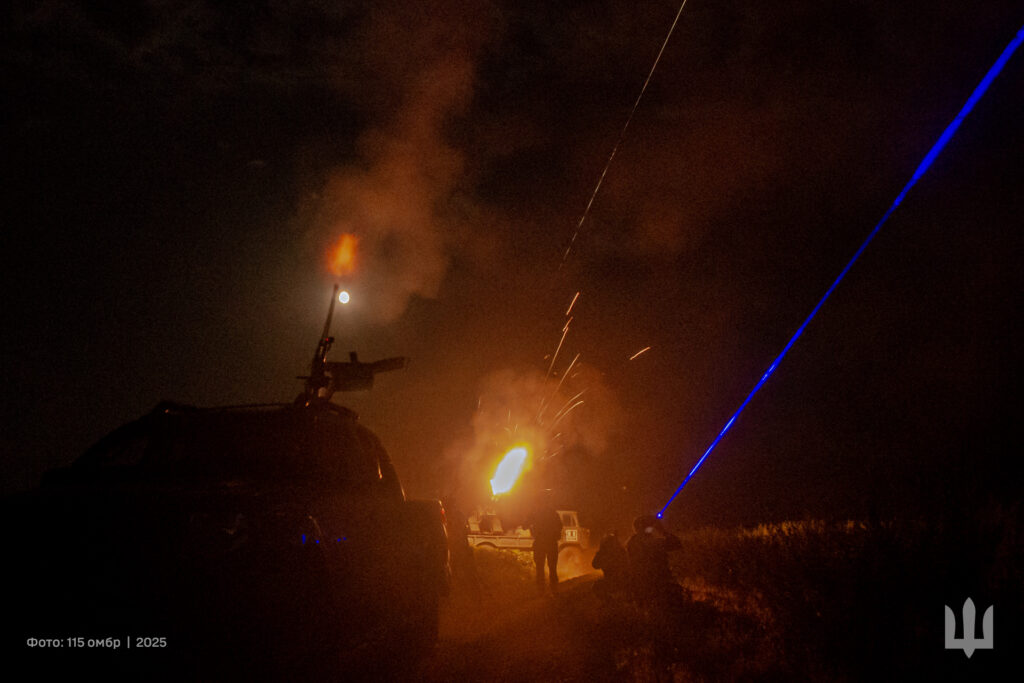
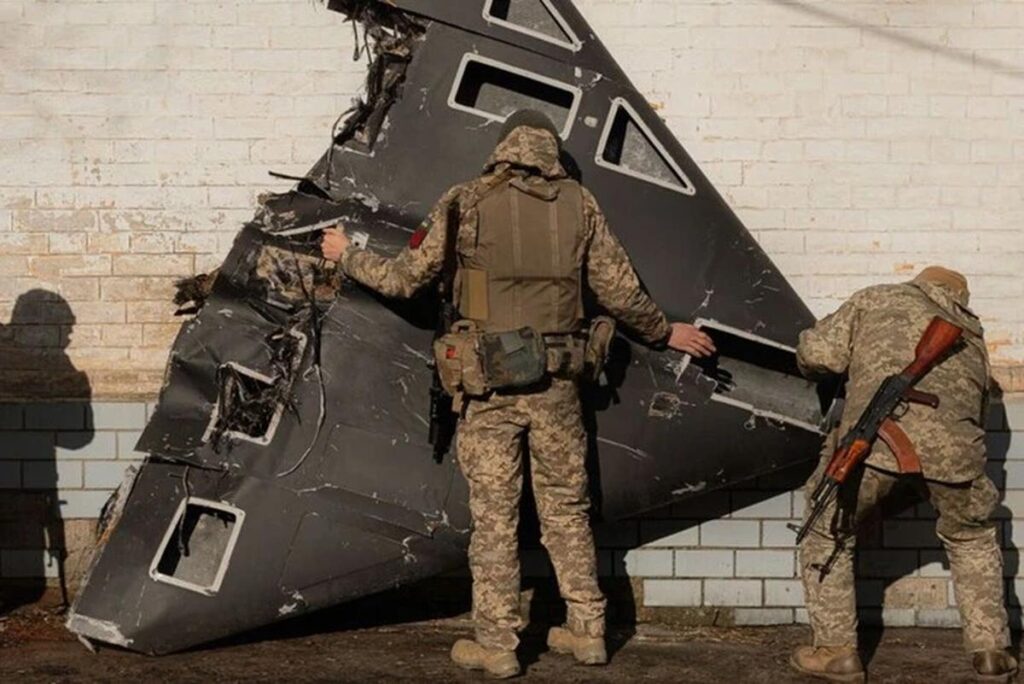

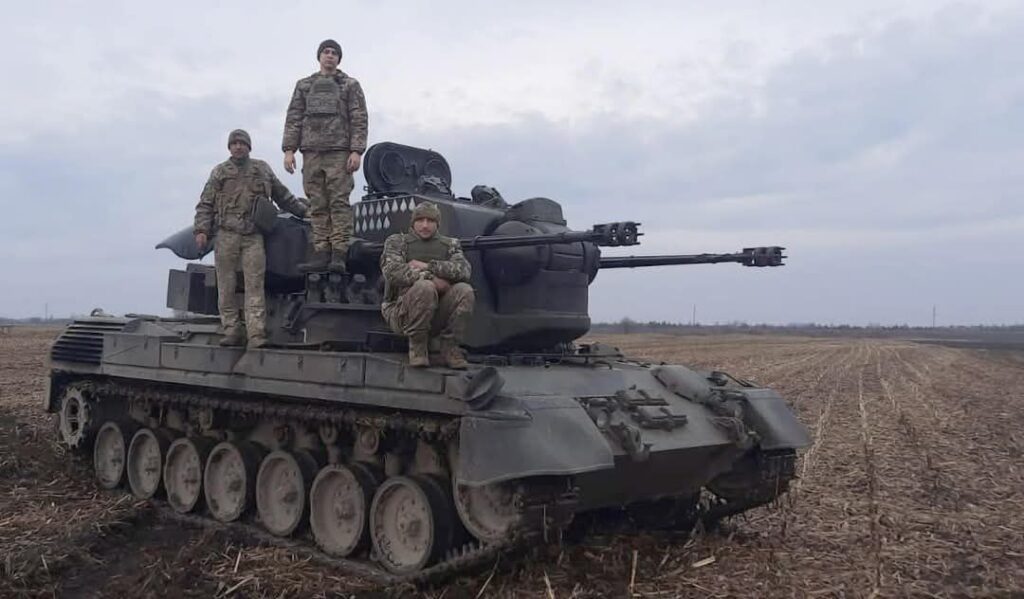
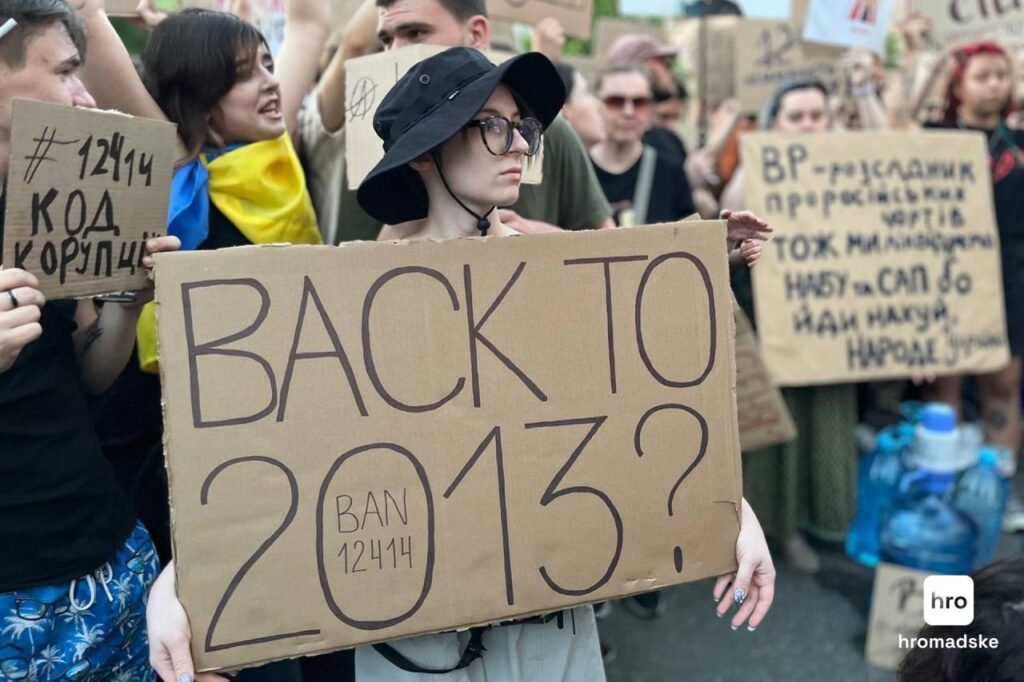

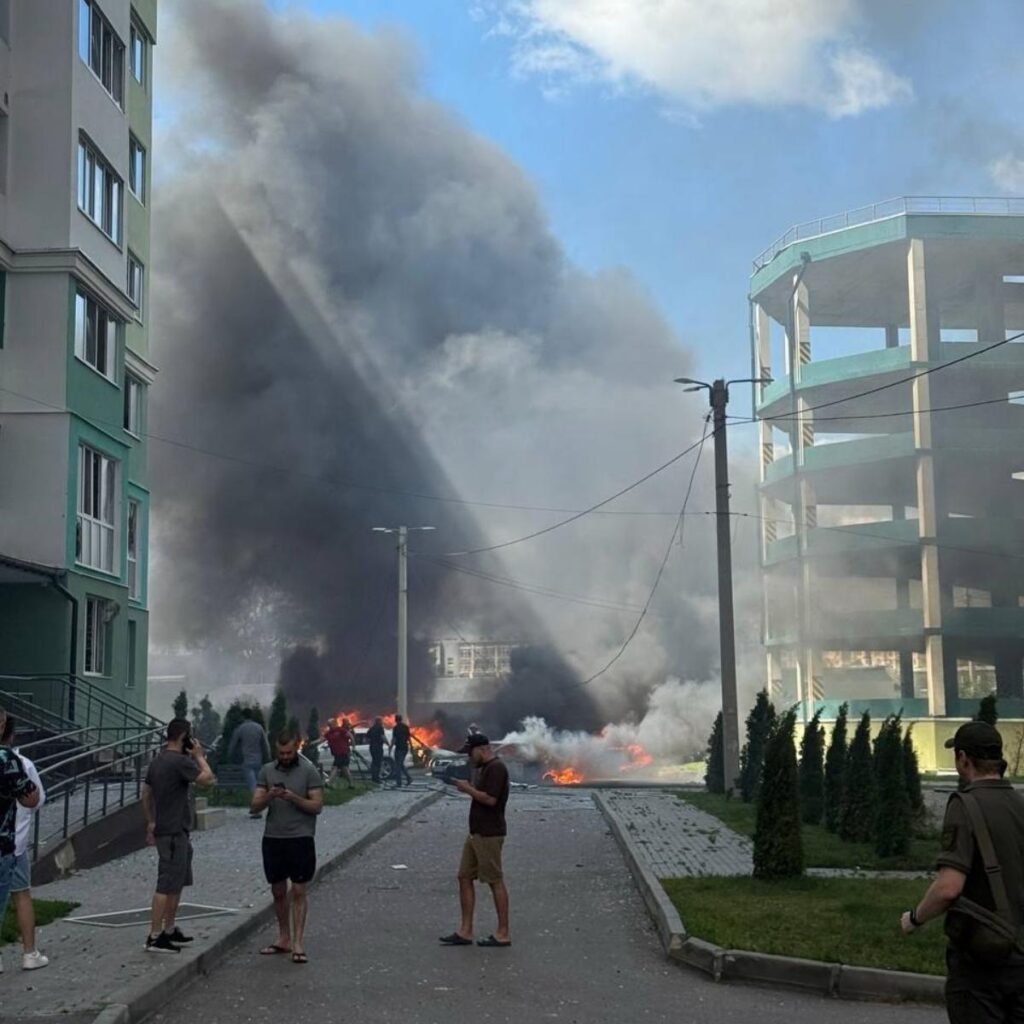
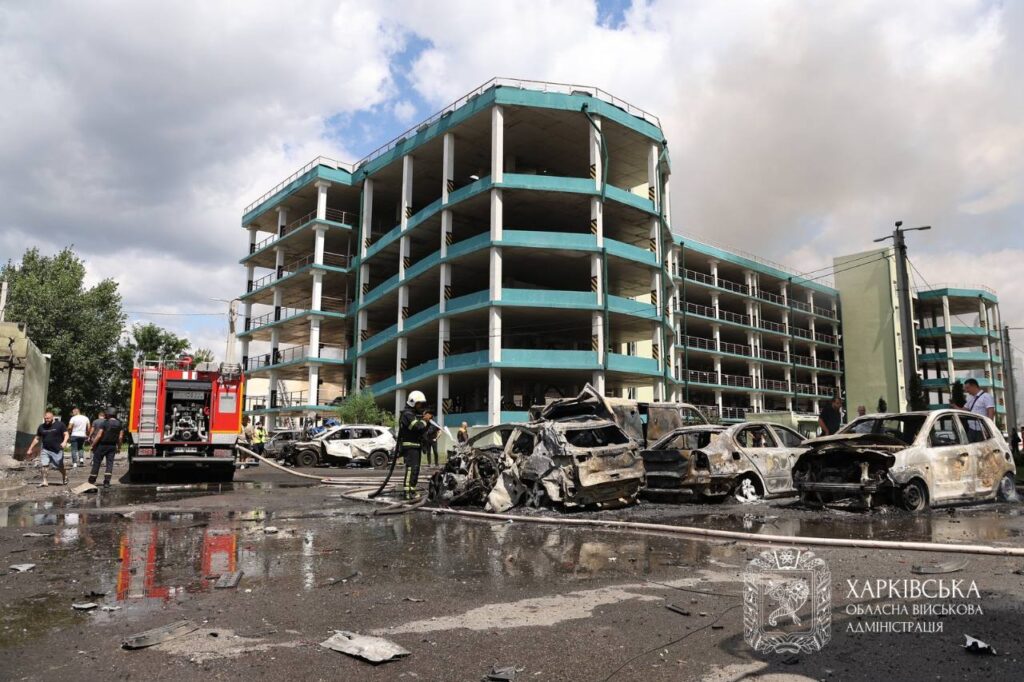

 Oil depot in flames
Oil depot in flames Flights canceled
Flights canceled Attack deep inside Russian territory
Attack deep inside Russian territory 